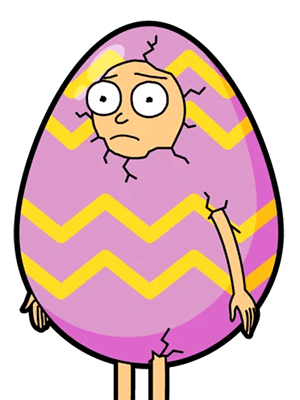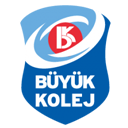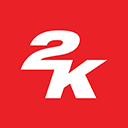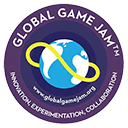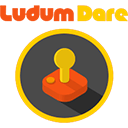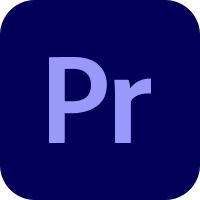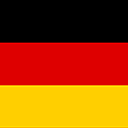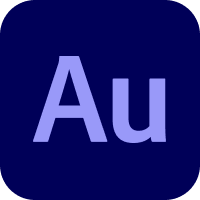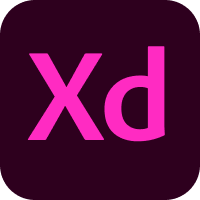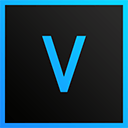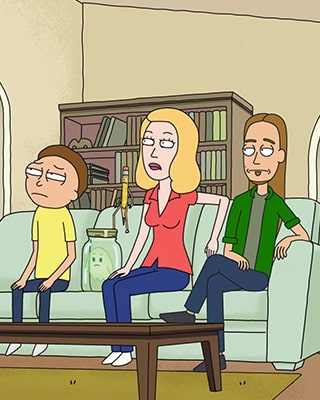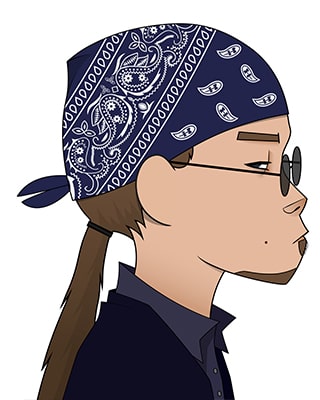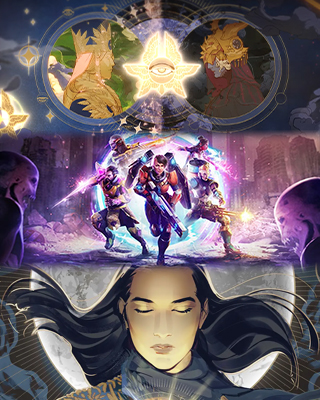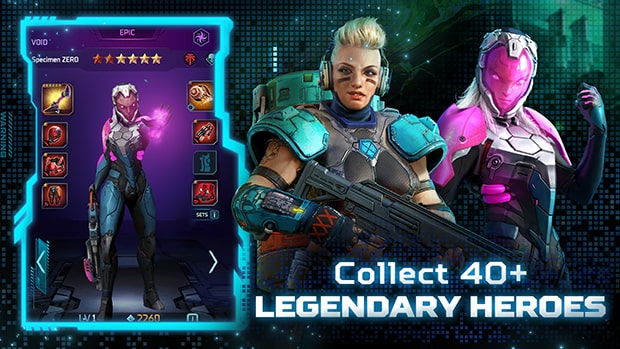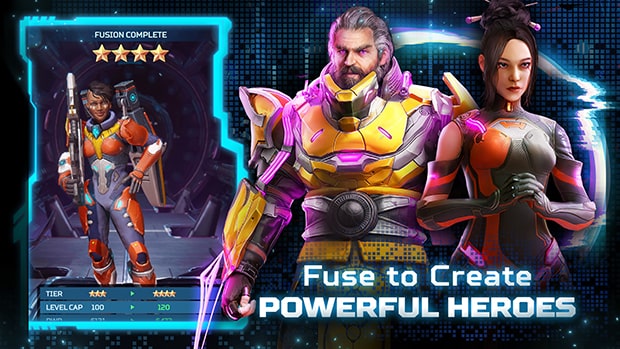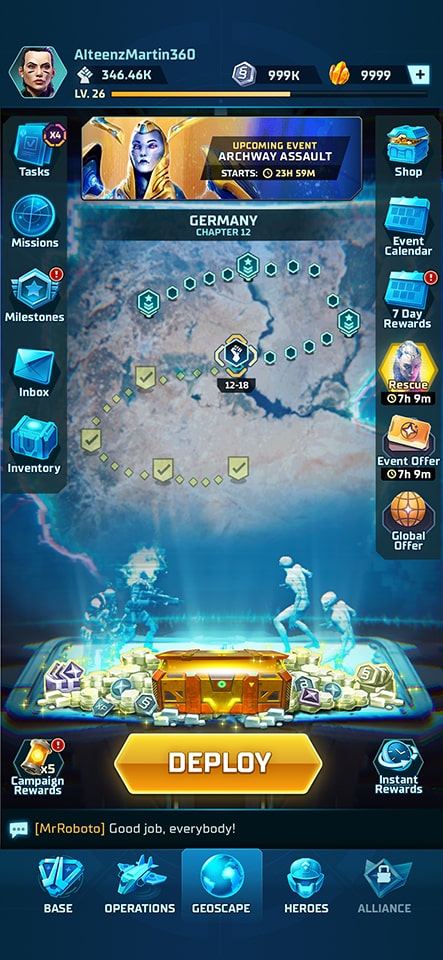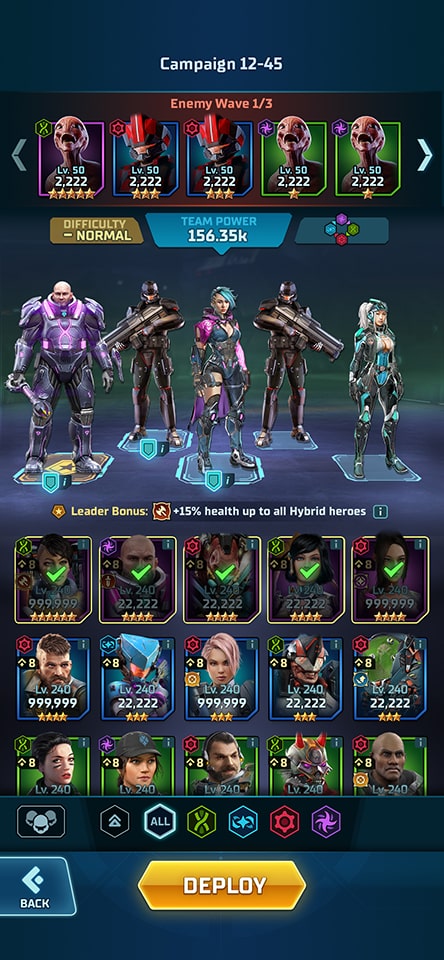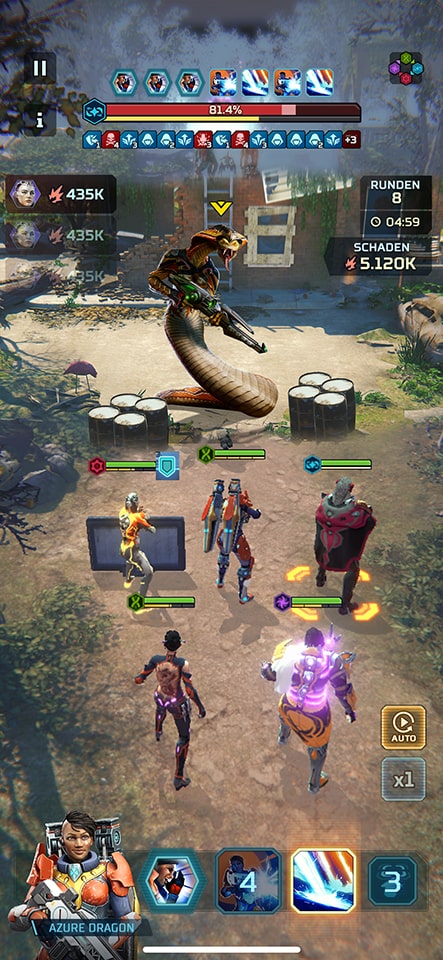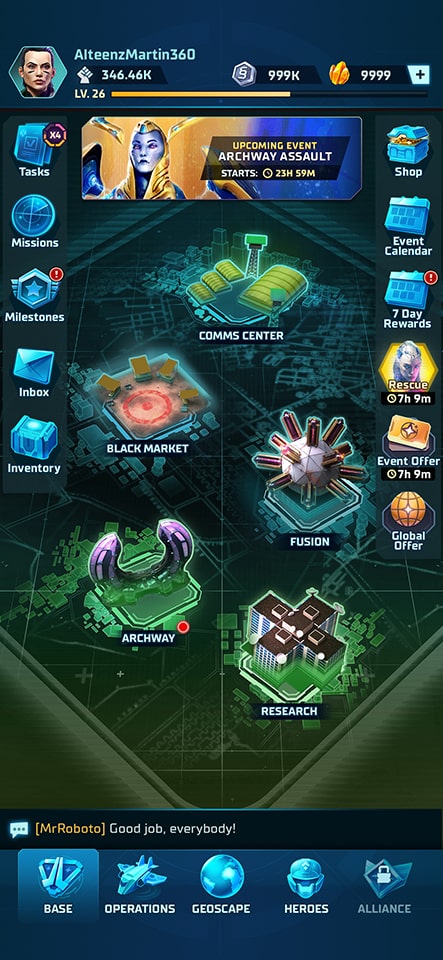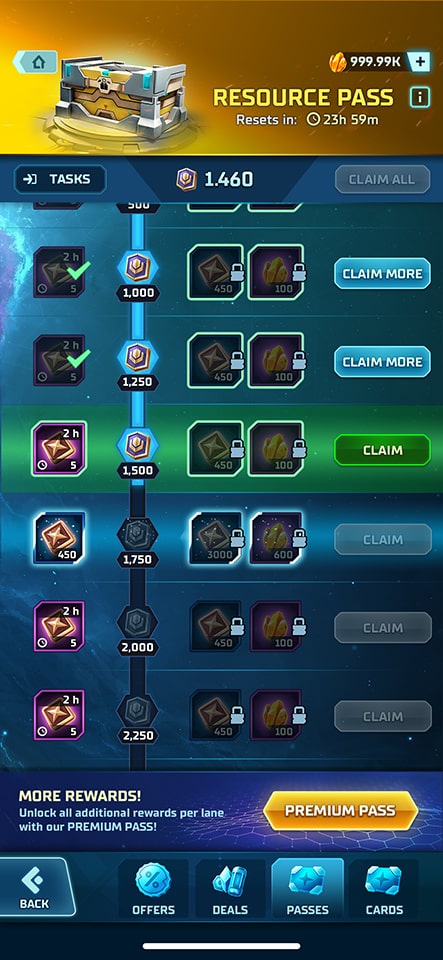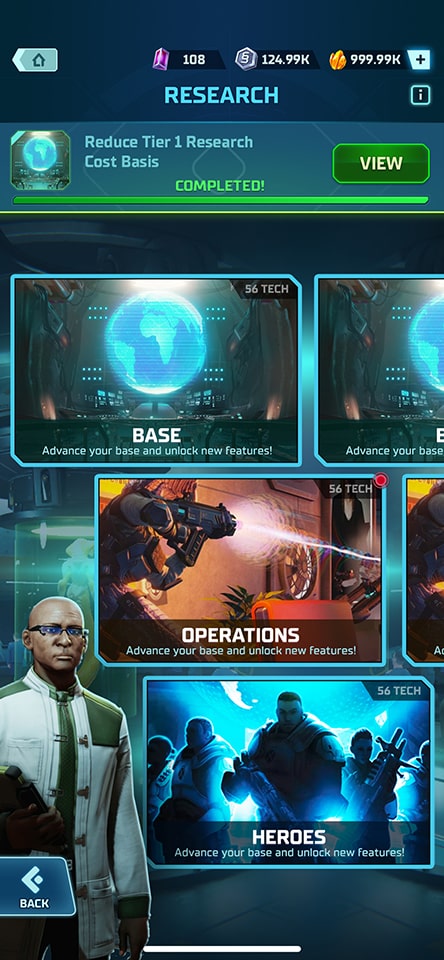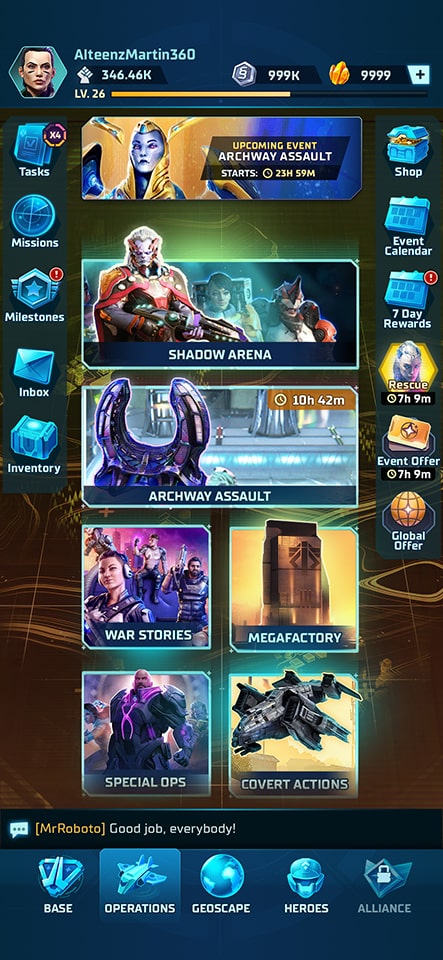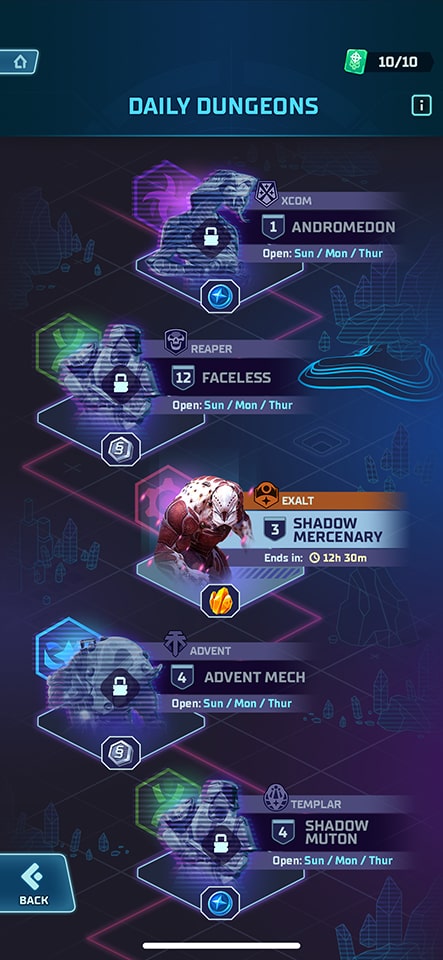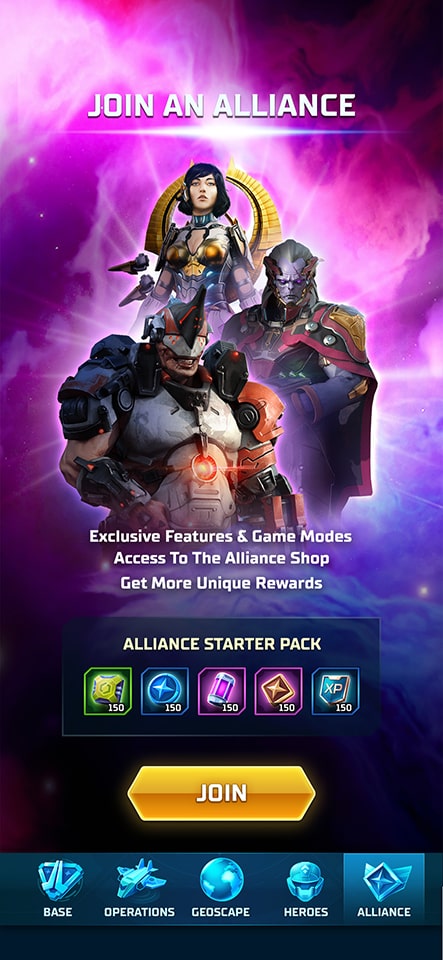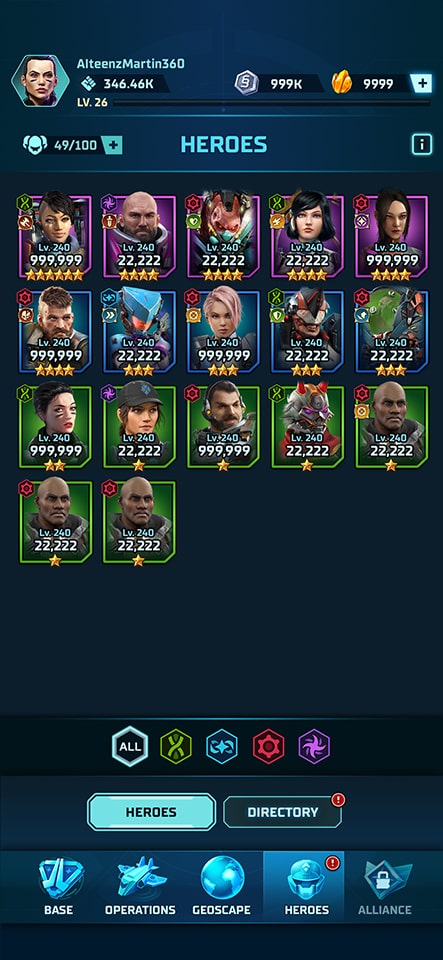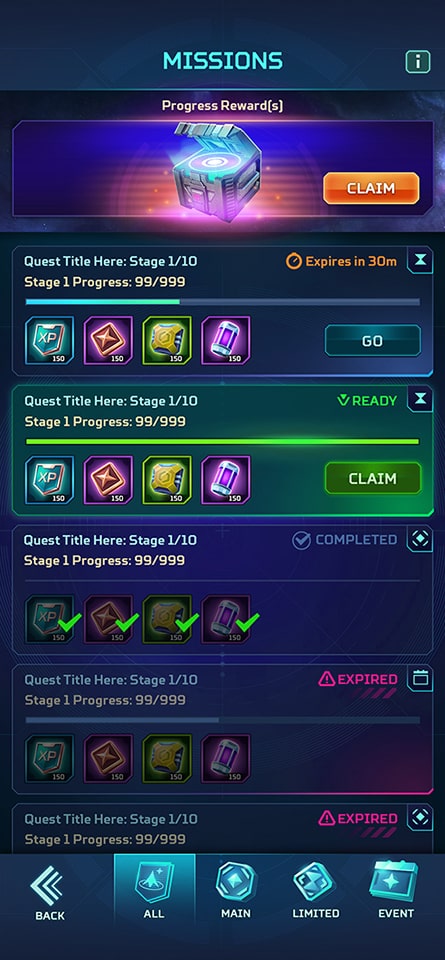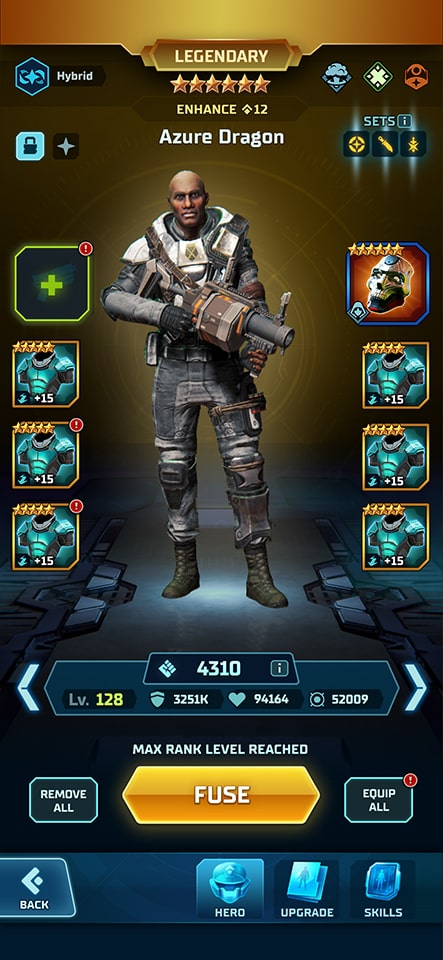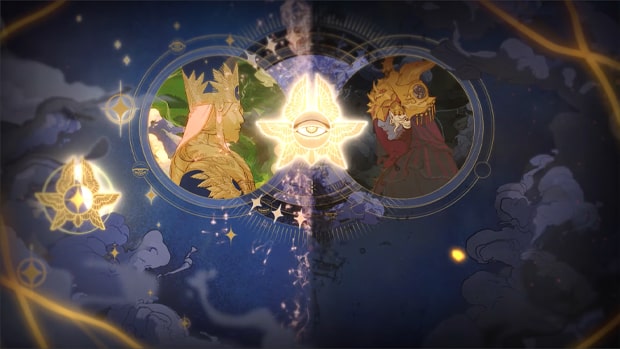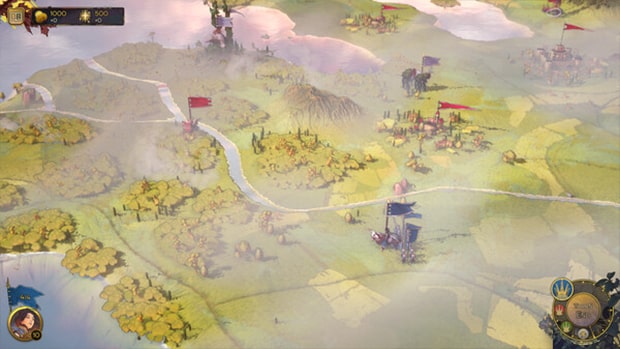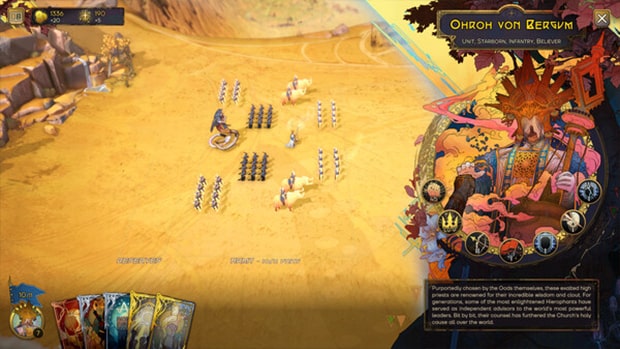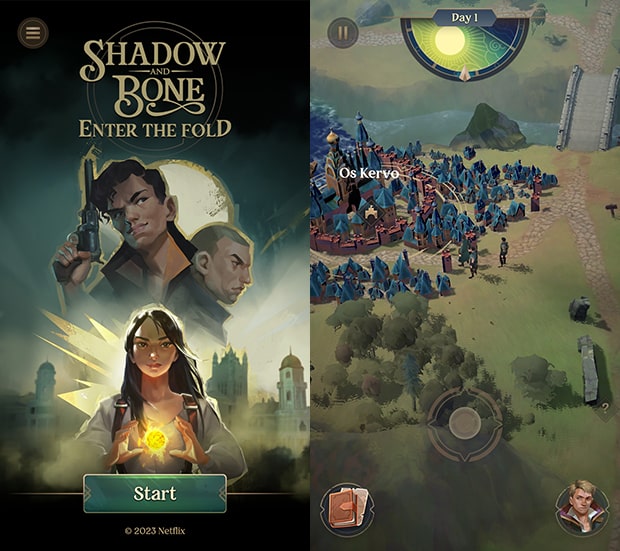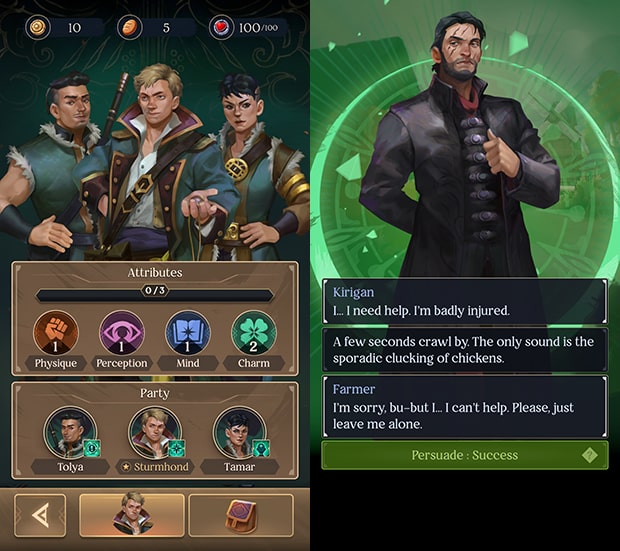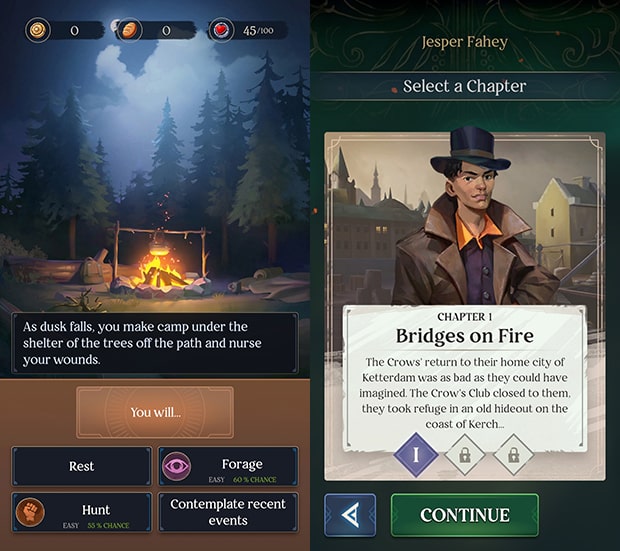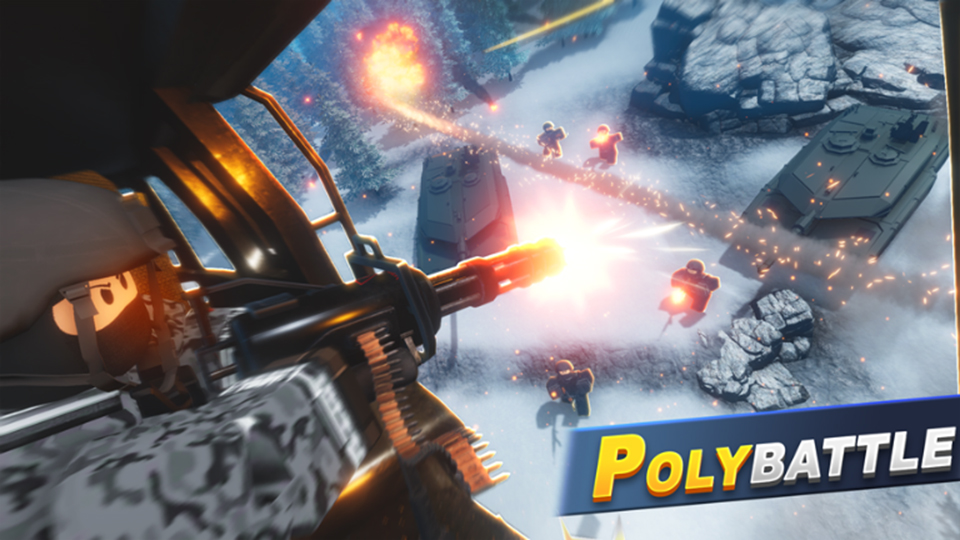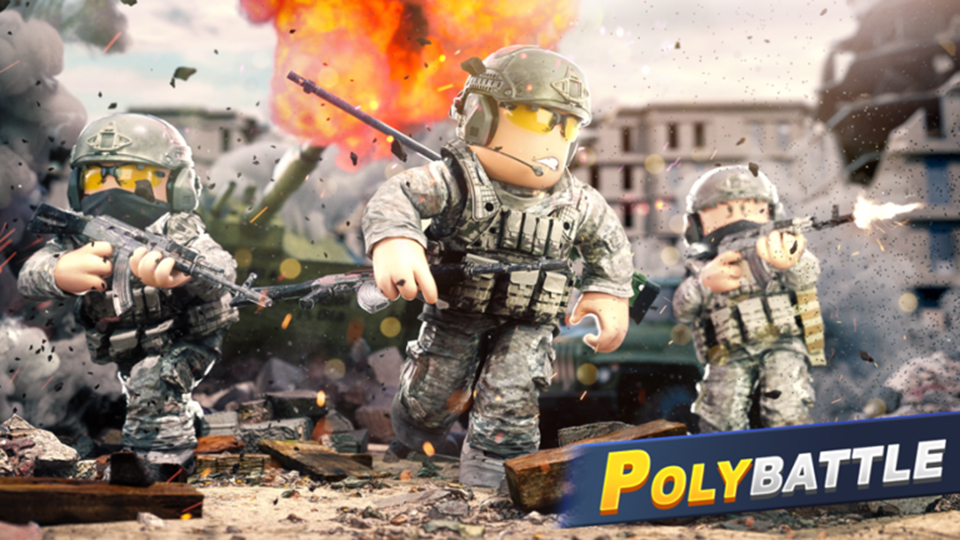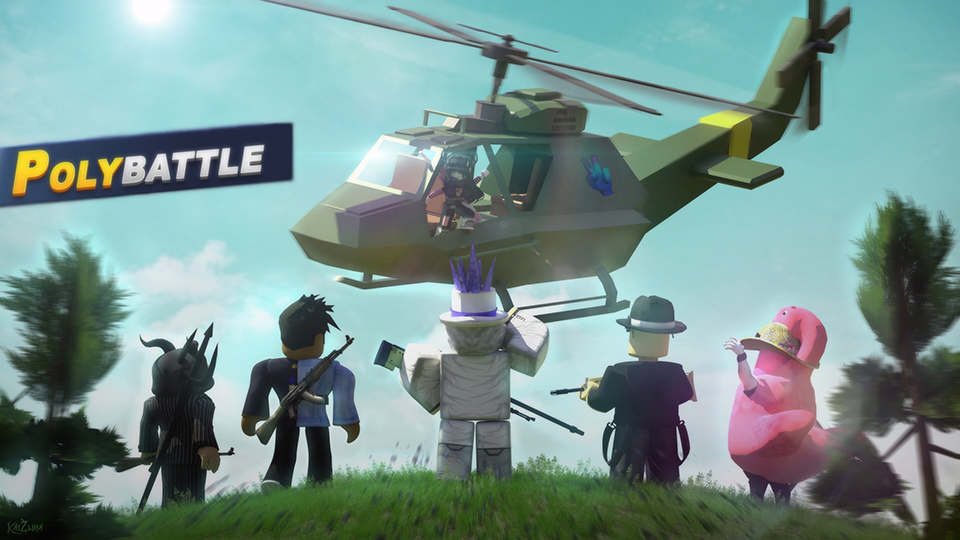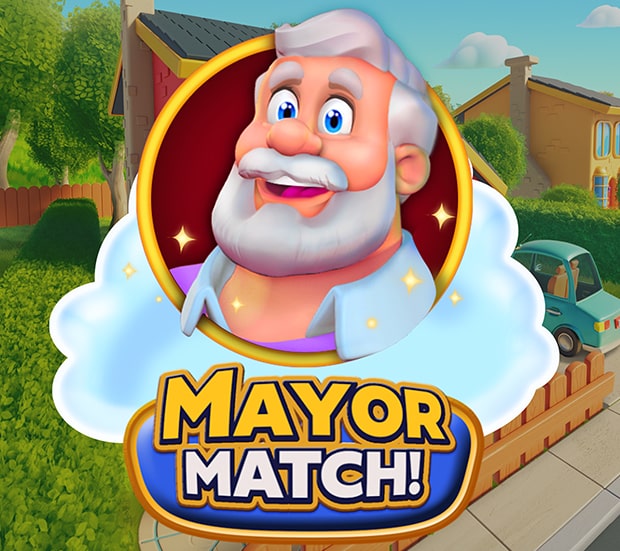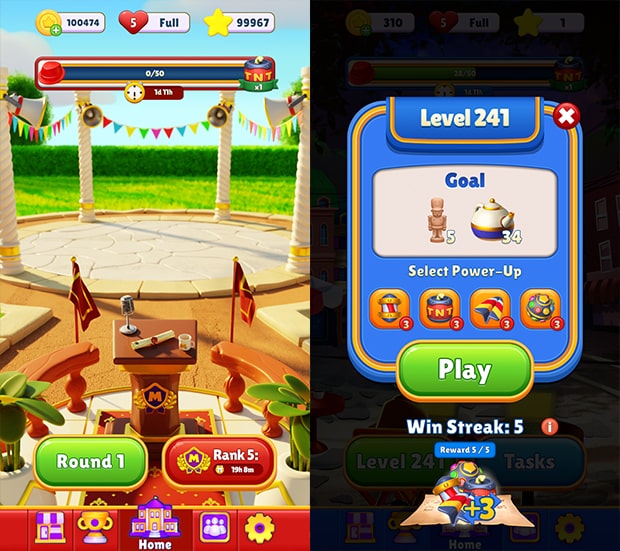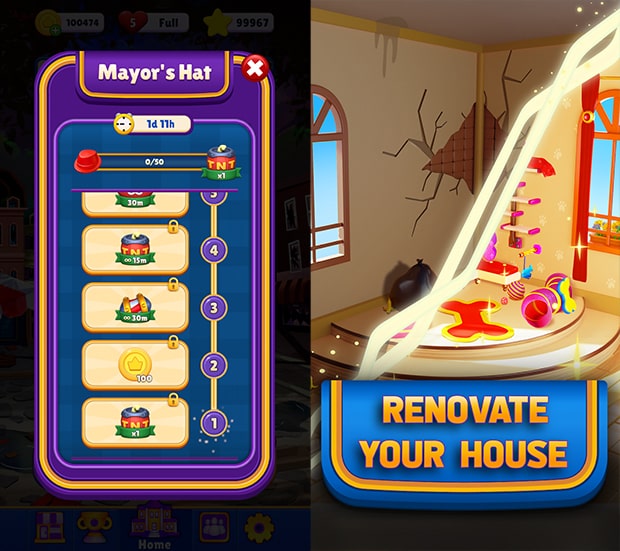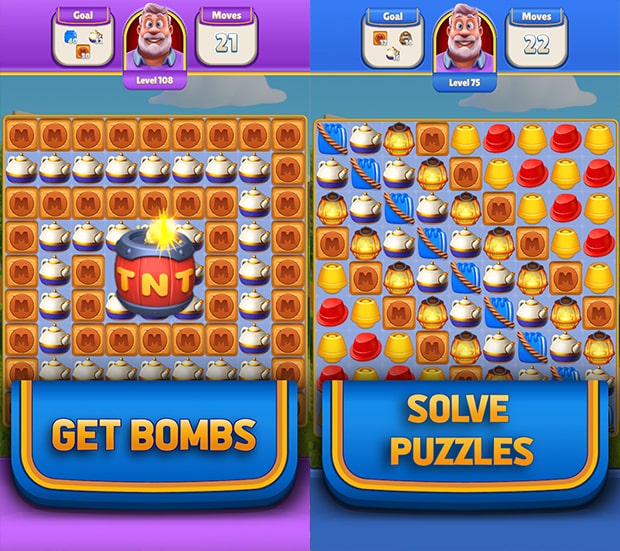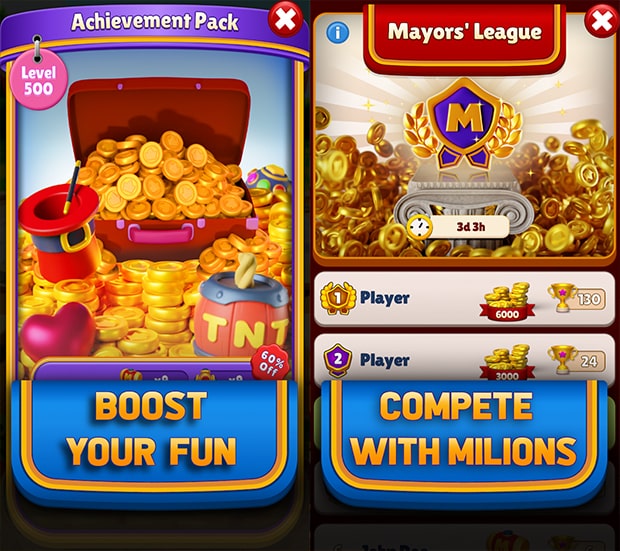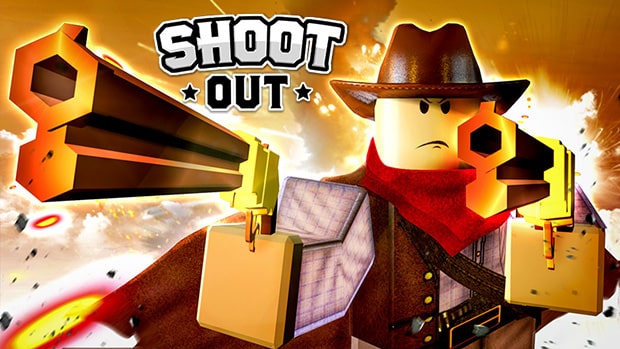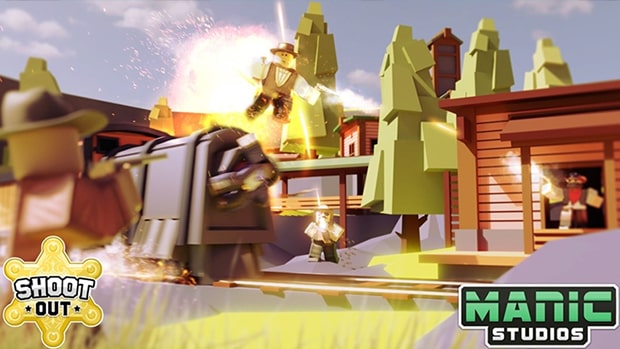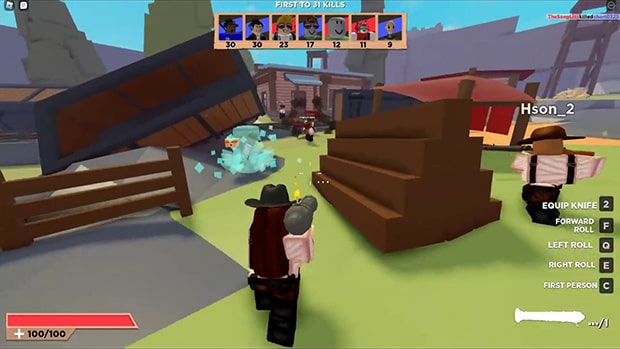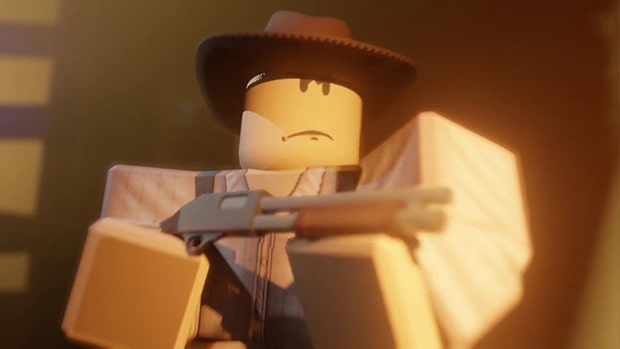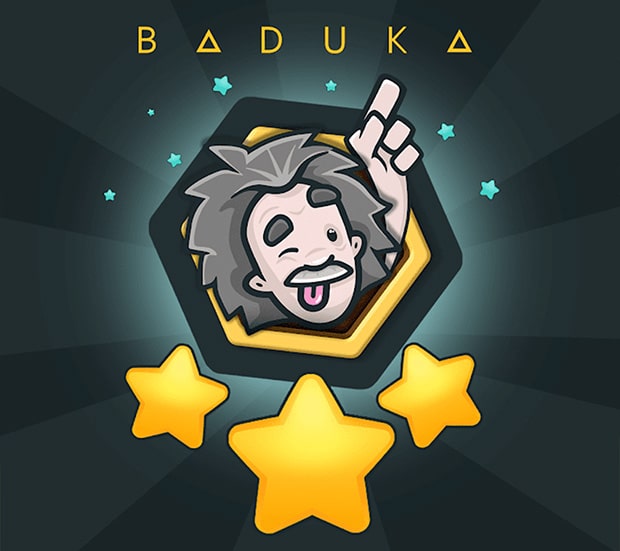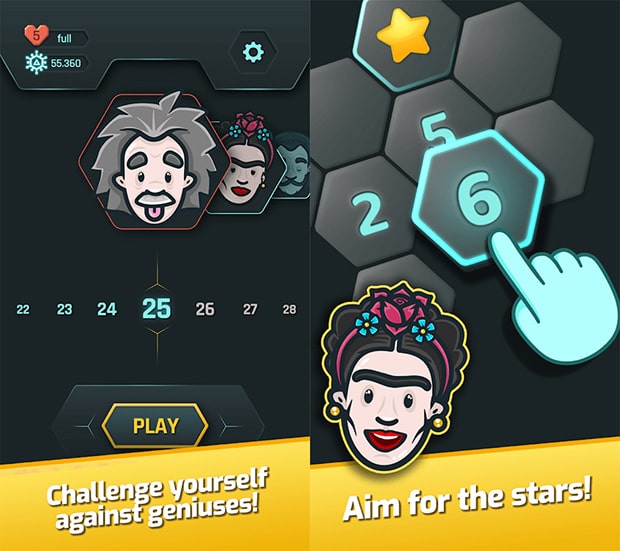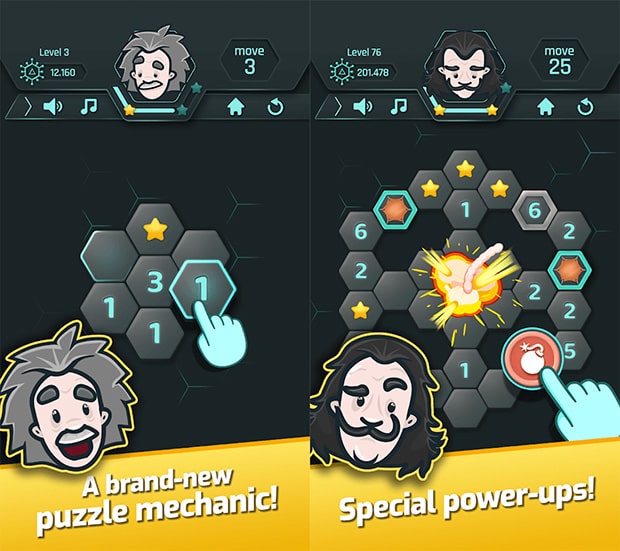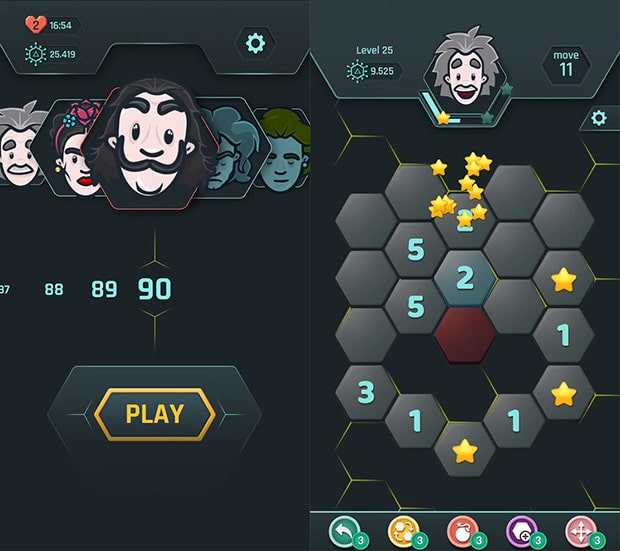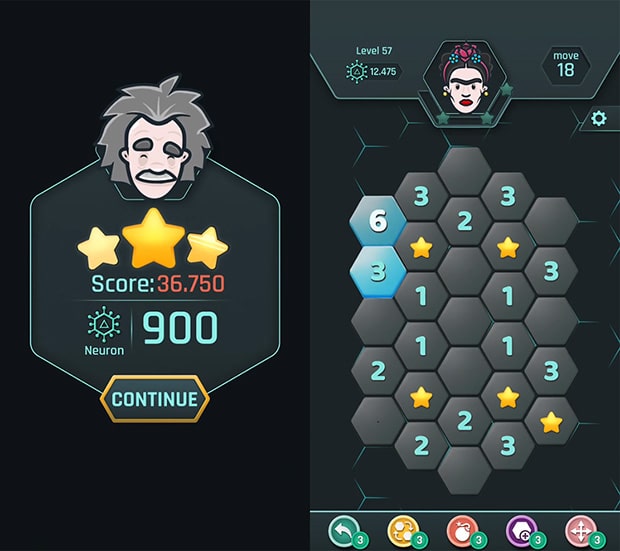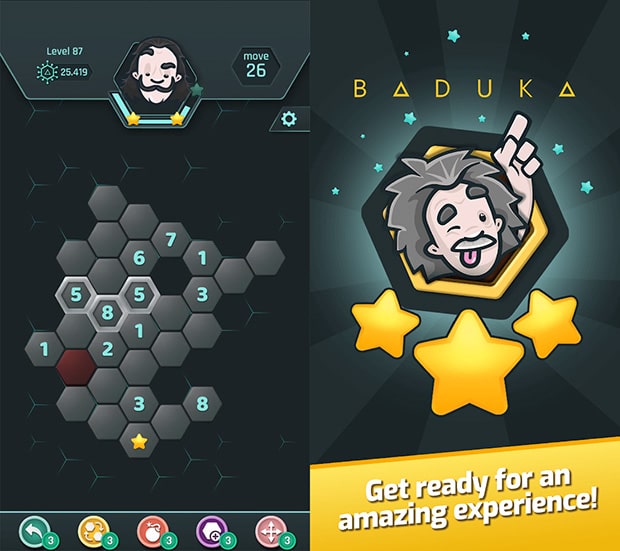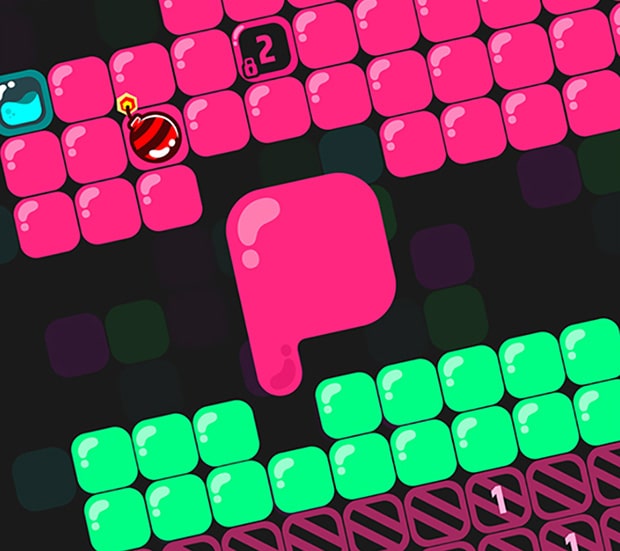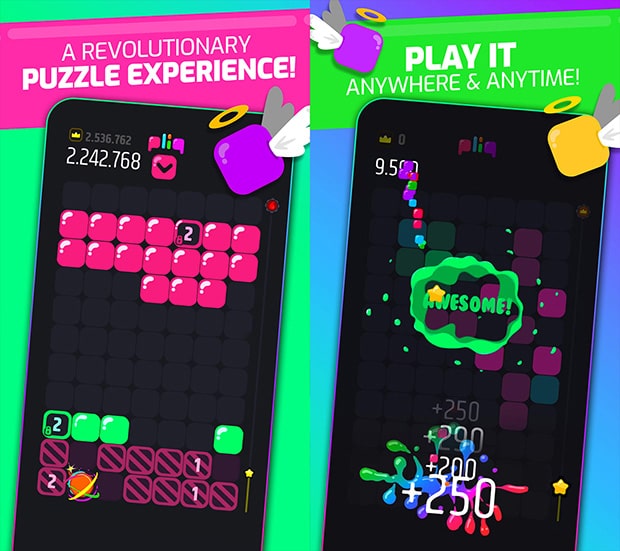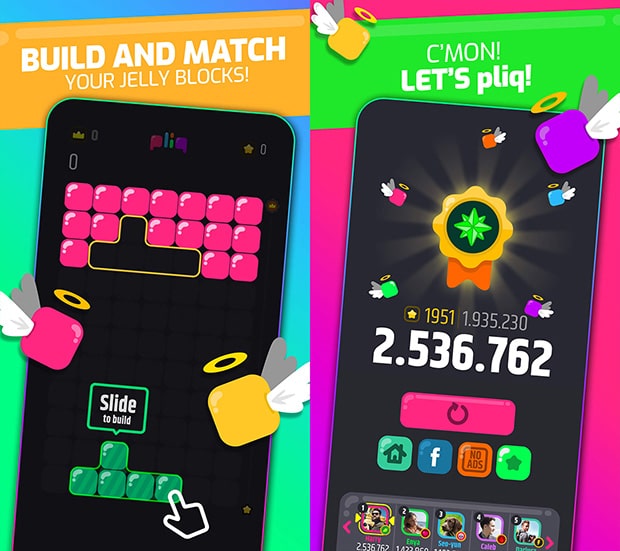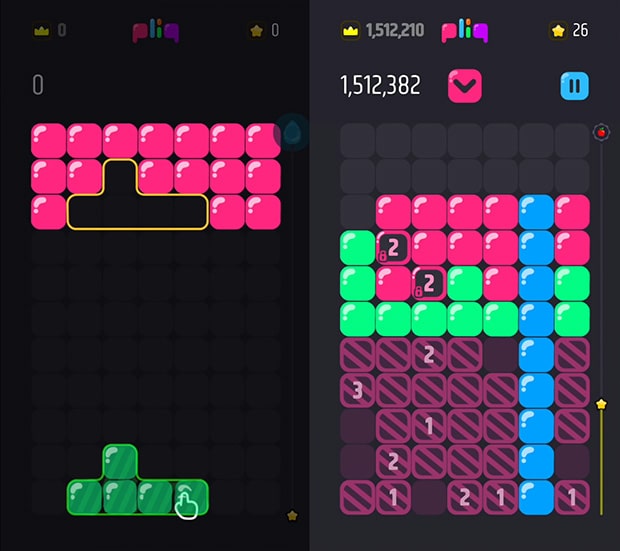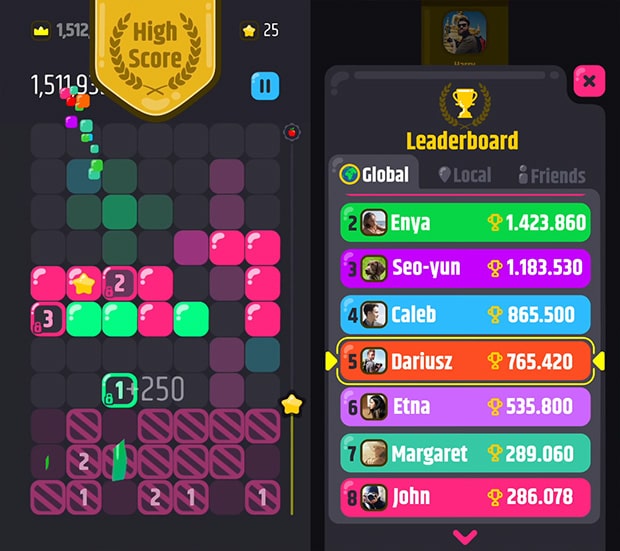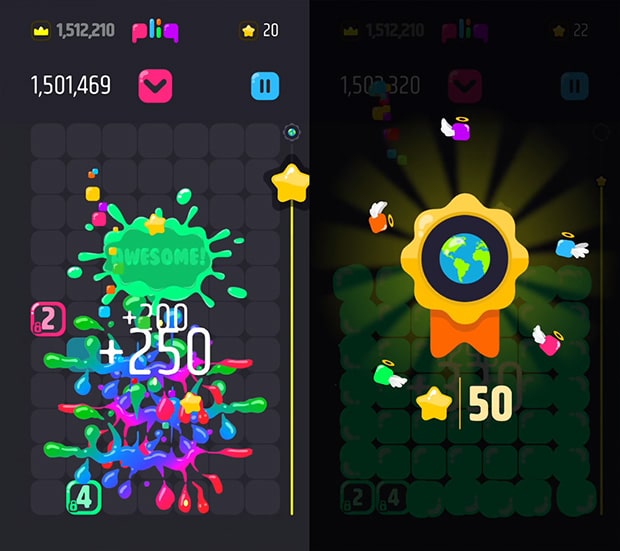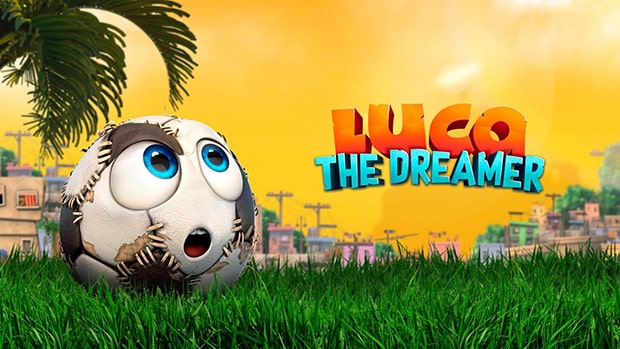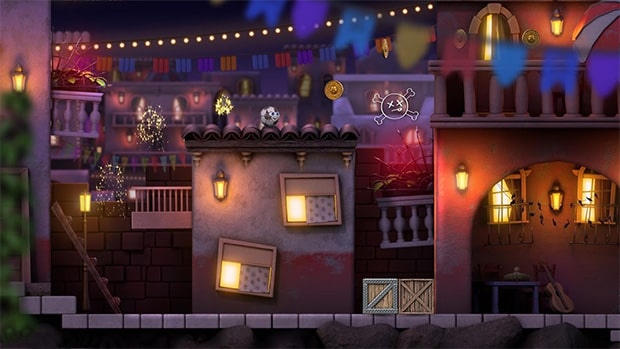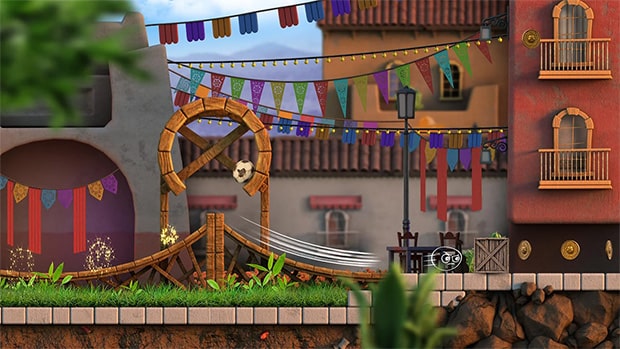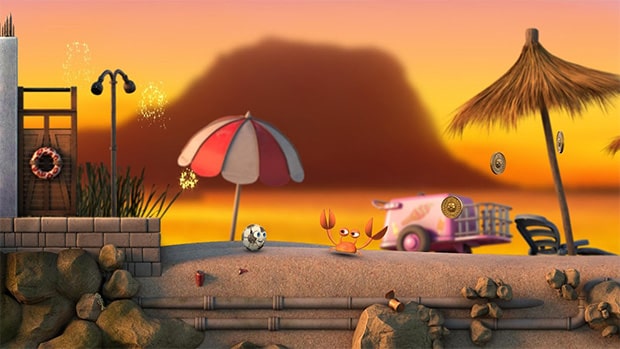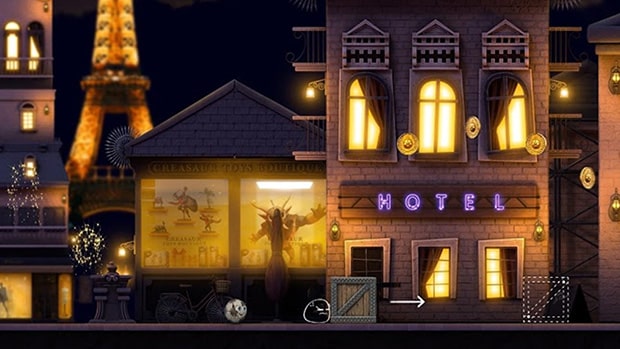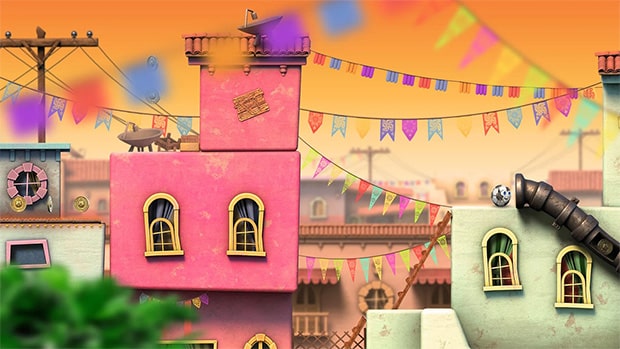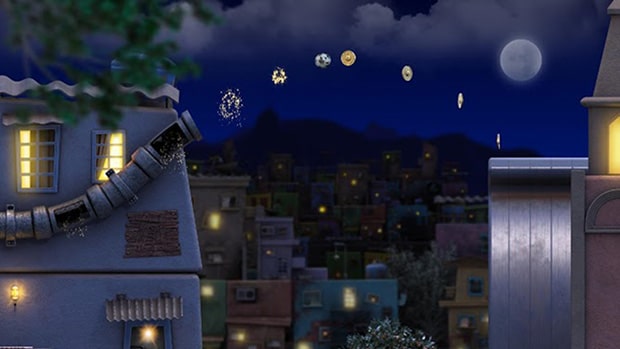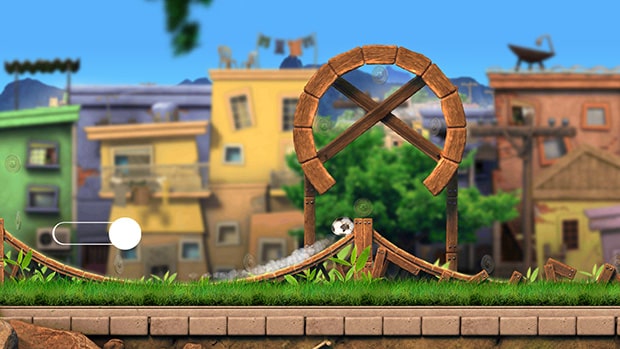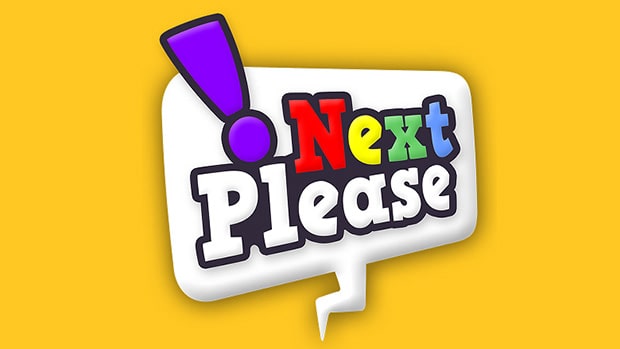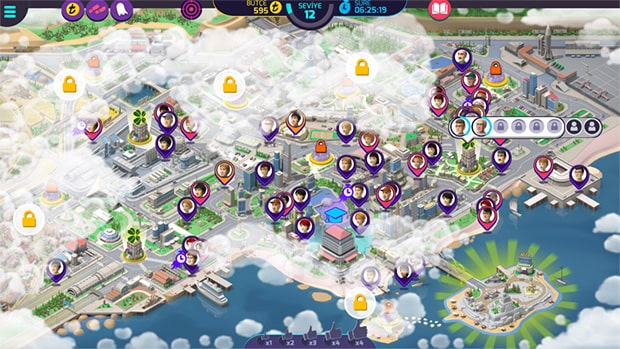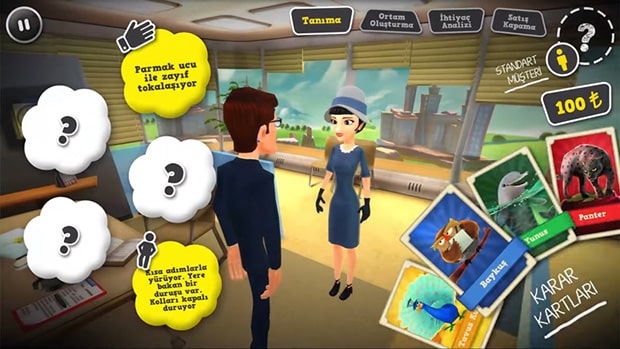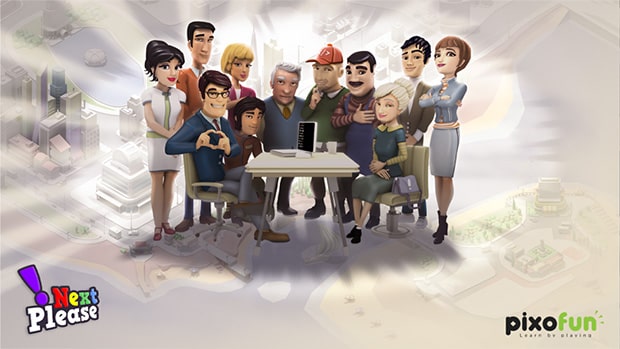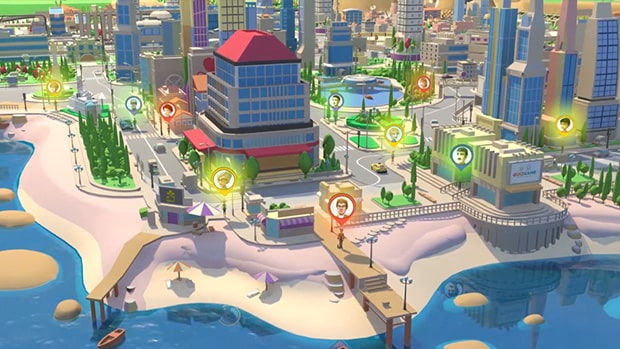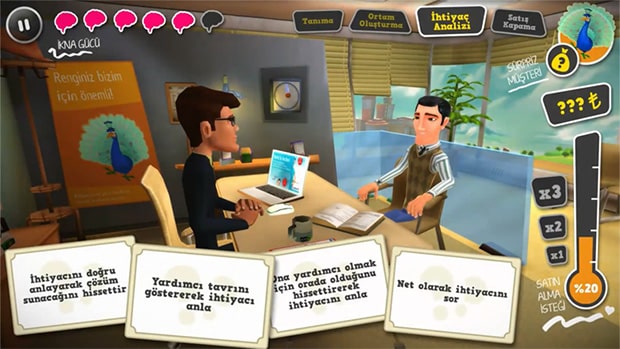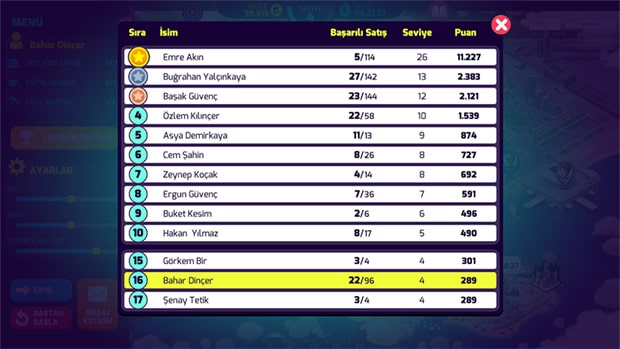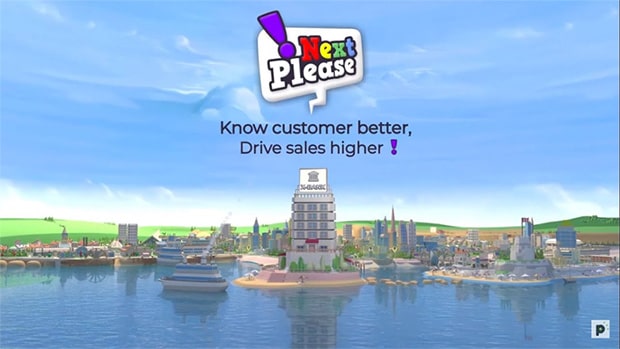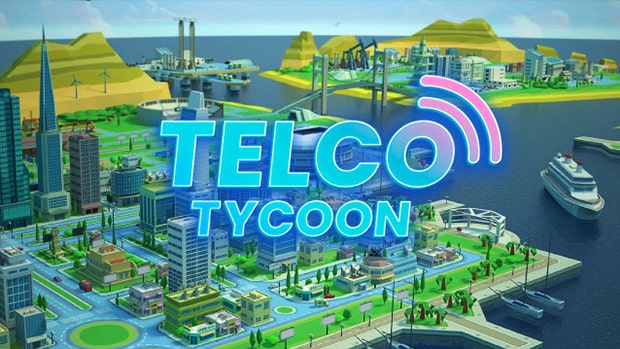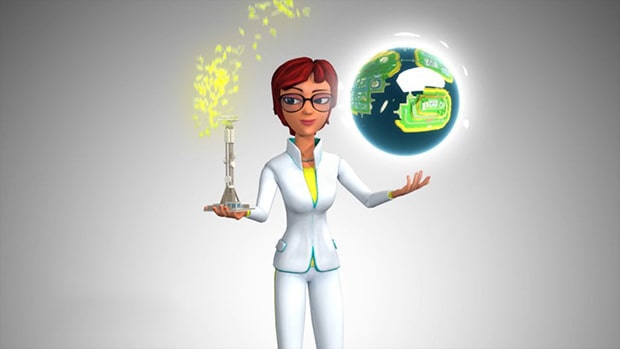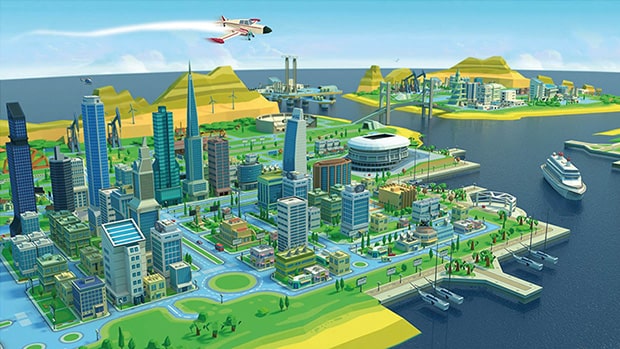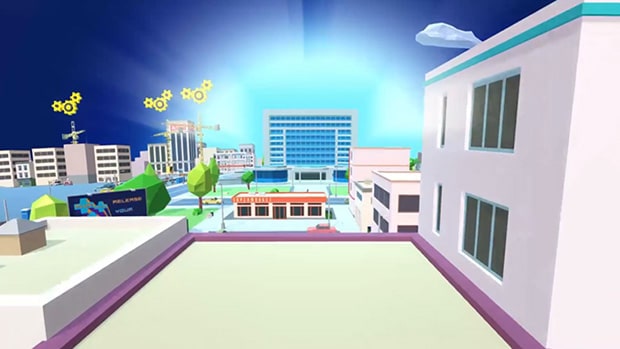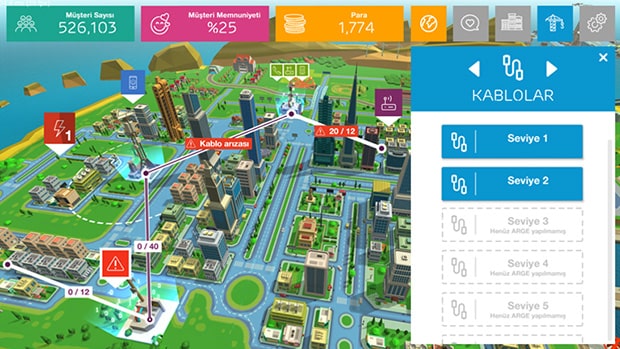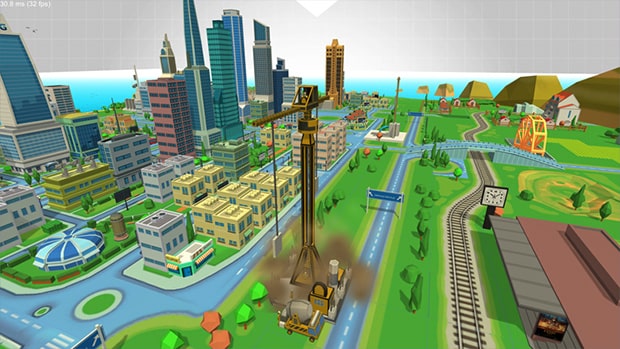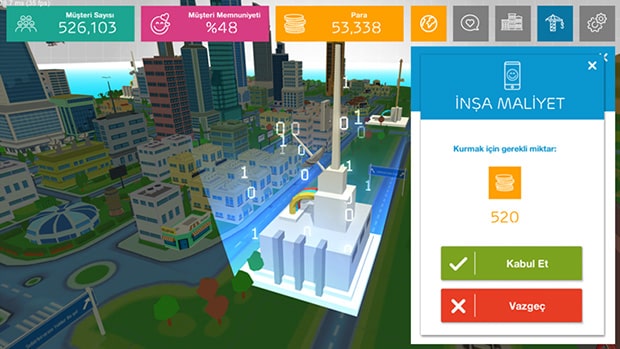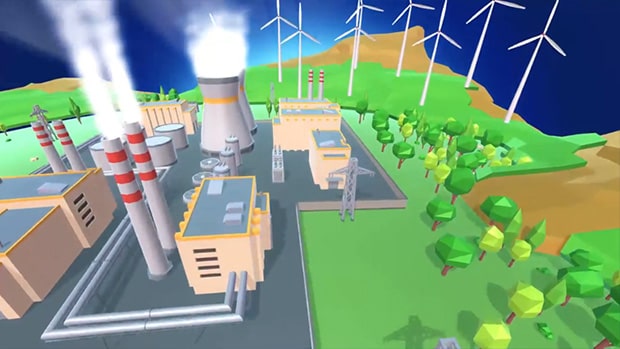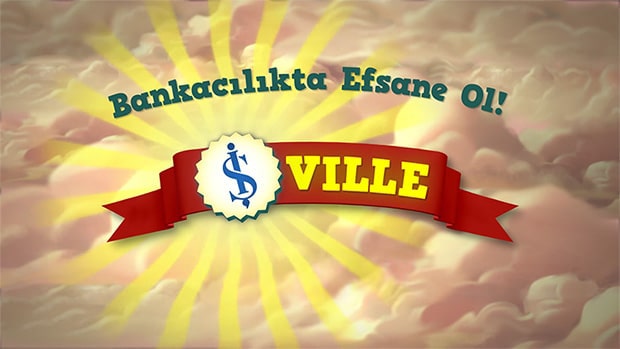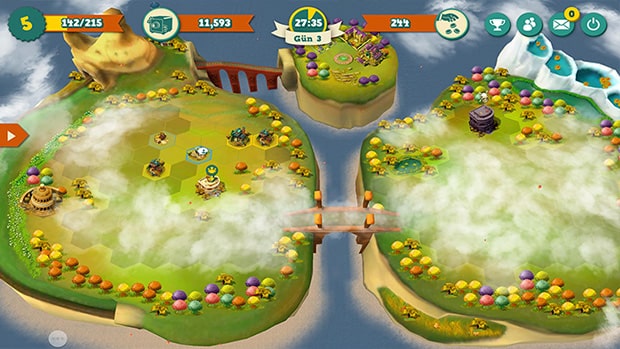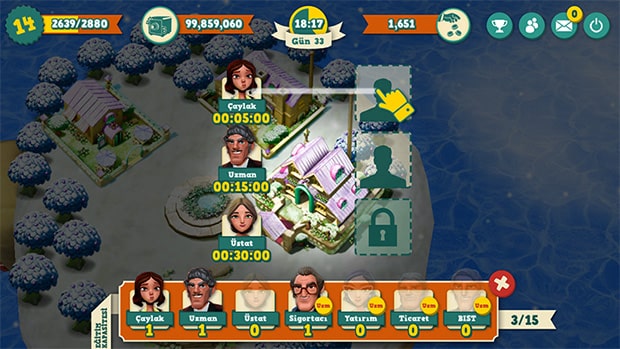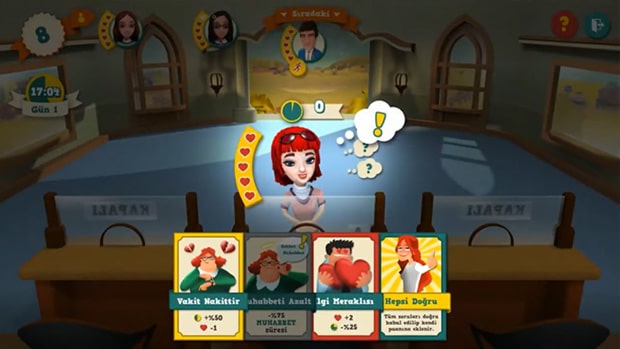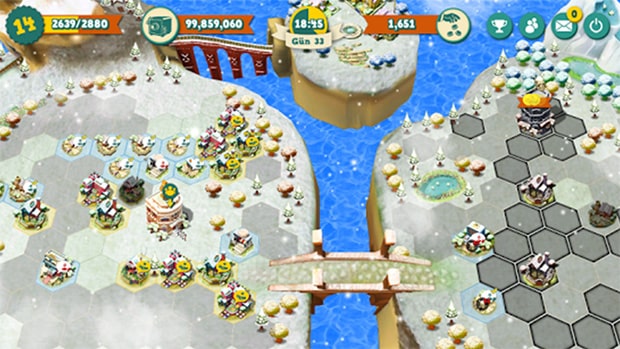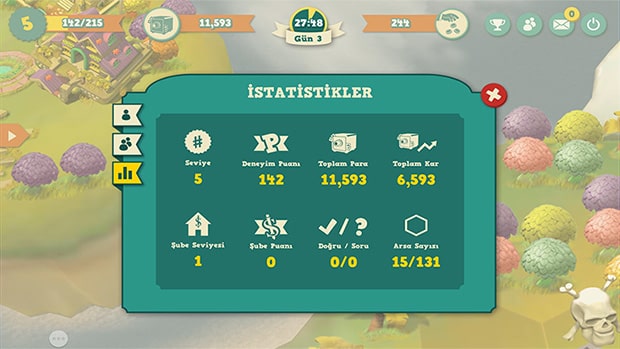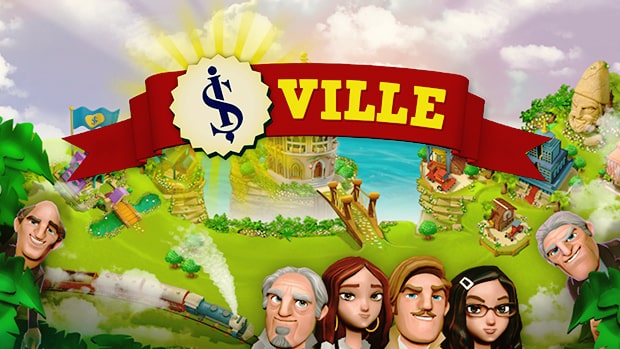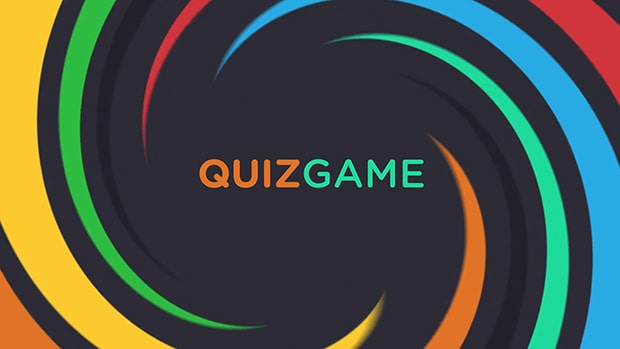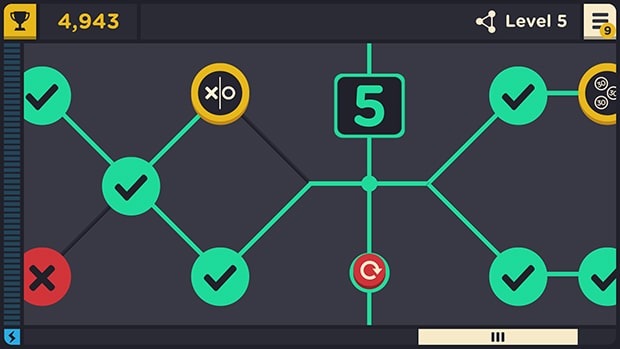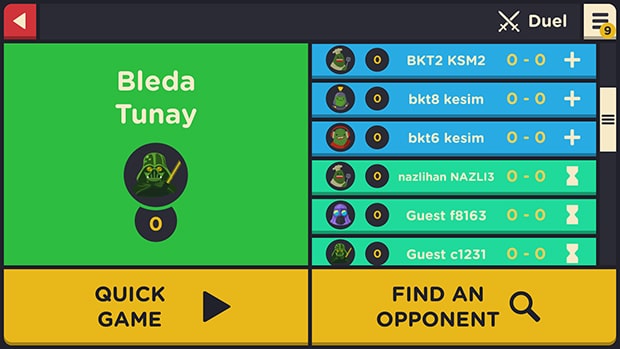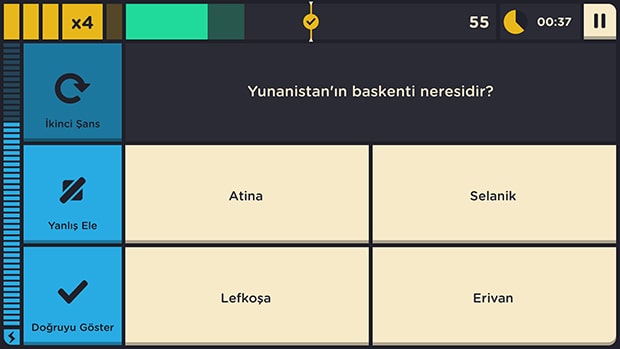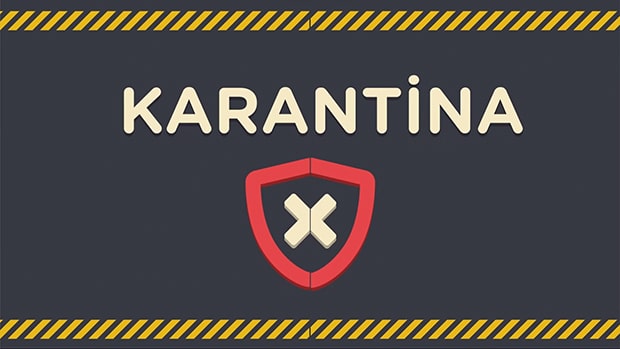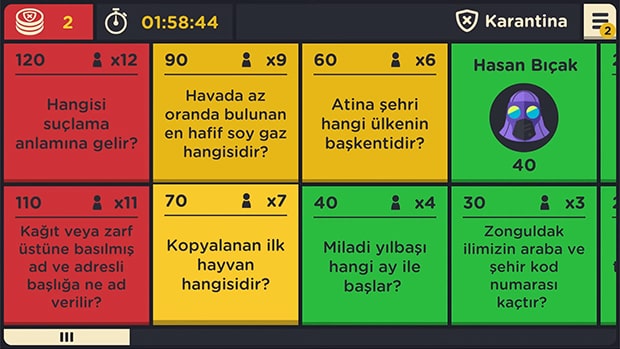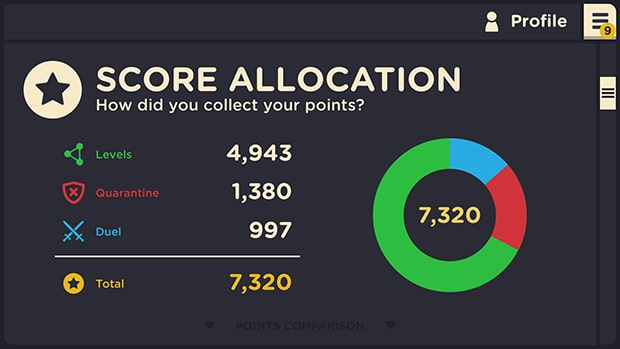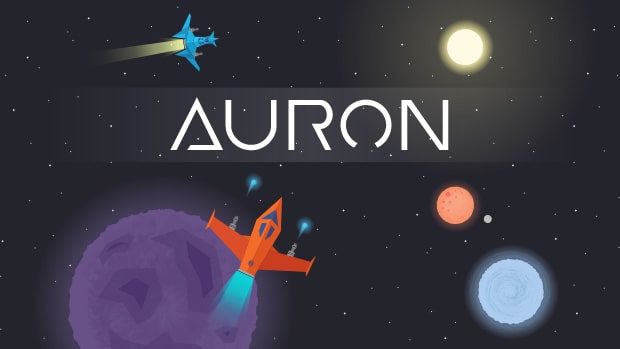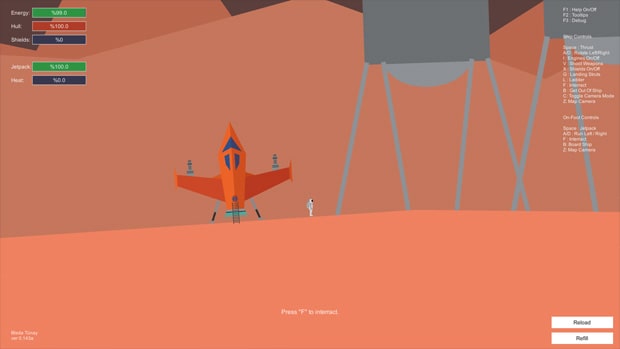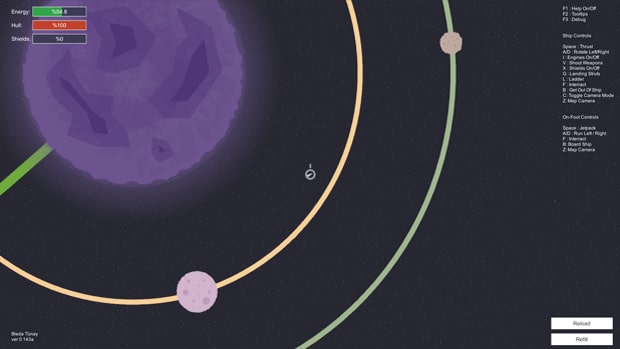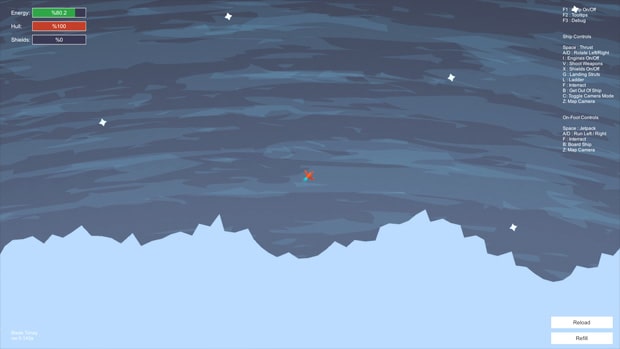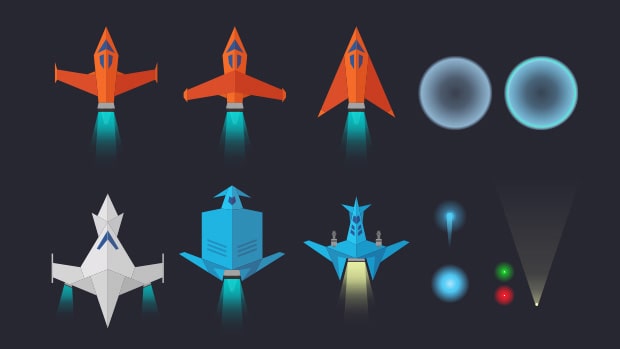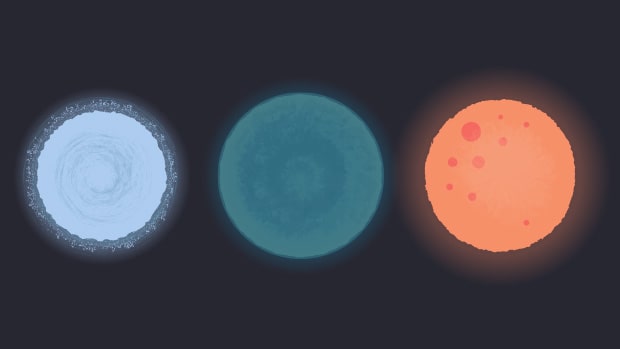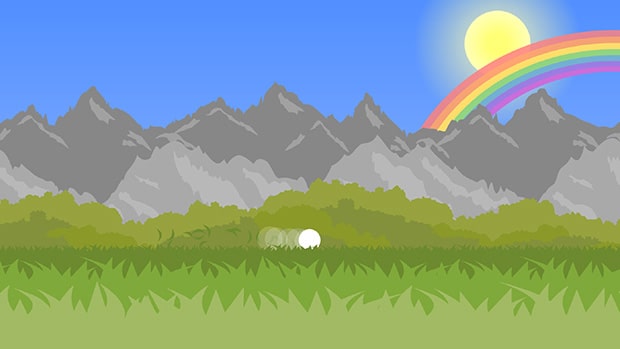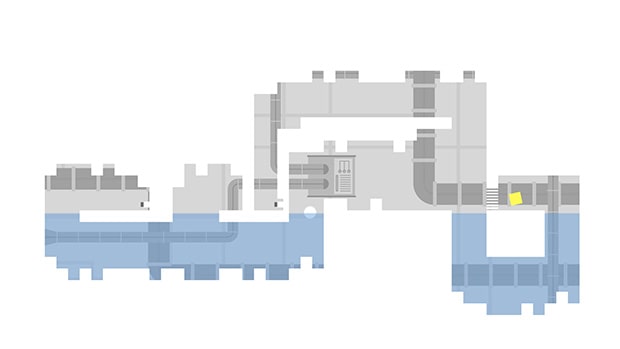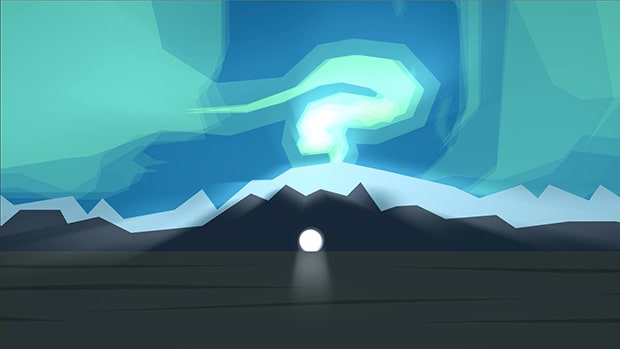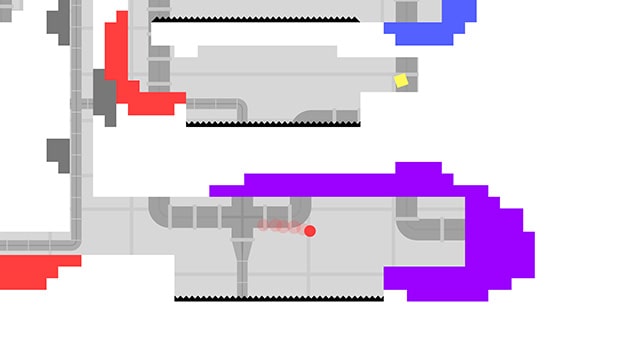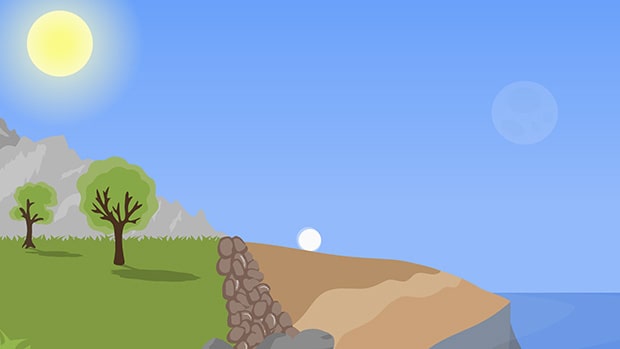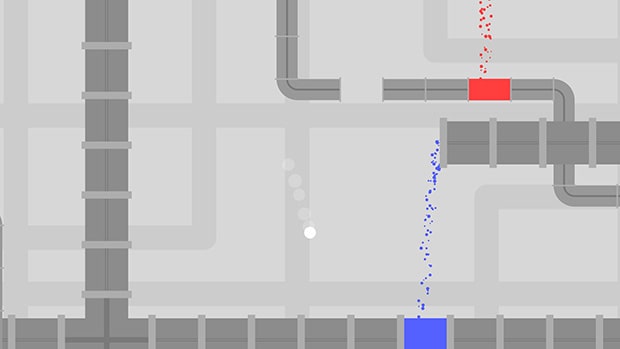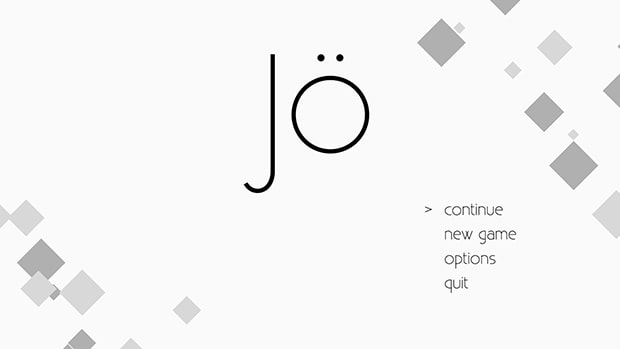Submit a Message
Bleda Tünay
Male
WikiDataA senior UI/UX designer with a decade of experience in the games industry, suited educational background and a lifetime of immense gaming passion.
Education
Master's Degree
Game Technologies
Middle East Technical University
Ankara, Turkey
CGPA: 3.79/4.00
Bachelor's Degree
Graphic Design
Bilkent University
Ankara, Turkey
CGPA: 3.40/4.00
Elementary, Middle, High
Mathematics & Science
Büyük College
Ankara, Turkey
CIS Accredited
Related undergrad courses
I have completed:
- Basic Design I, II
- Graphic Design I, II, III, IV, V, VI
- Typography I, II, III
- Motion Graphics
- Advanced Animation I, II
- Drawing I, II
- Illustration I, II
- Design Issues
- Advanced Photography I, II
- Psychology of Advertisement
- Visual Techniques I, II
- Technical Drawing & Lettering
- Web Design
- Logos, Symbols & Signs
- Marketing Principles
Related grad courses
I have completed:
- Game Development Pipeline
- Psychology in Game Design
- Gamification & Persuasive Games
- Artificial Intelligence in Computer Games
- Physics for Computer Games
- Game Metrics
- Procedural Sound Design
Thesis study on:
"The effects of visual realism on the participant's sense of immersion and presence in virtual reality environments"
With a strong foundation in Graphic Design, I honed my artistic and technical skills, developing a keen eye for visual aesthetics and design principles. My bachelor’s degree provided me with the creative tools necessary to translate concepts into compelling visual narratives, which laid the groundwork for my journey into the dynamic world of game design.
Pursuing a master’s degree in Game Technologies allowed me to delve deeper into the intersection of design and technology. I gained an in-depth understanding of the technical aspects of game development, equipping me with the skills to create immersive, user-centric experiences. This academic progression was a natural extension of my passion for combining design with cutting-edge technology, enabling me to craft interactive experiences that resonate with players.
Currently, as a UI/UX designer, I am dedicated to shaping intuitive and engaging user interfaces within the games industry. My goal is to continue evolving in this field, leveraging my design background and technical expertise to create seamless, player-focused experiences that push the boundaries of interactive entertainment.
Experience
July 2025 - Present
Senior UI/UX Designer
Wargaming
Vilnius, Lithuania
Full-Time
March 2022 - May 2024
Senior UI/UX Designer
Chimera Entertainment
Munich, Germany
Full-Time
September 2020 - March 2022
Senior Game & UX Designer
MildMania
Ankara, Turkey
Full-Time
March 2018 - January 2019
Product & Game Designer
Creasaur Entertainment
Ankara, Turkey
Full-Time
February 2016 - September 2017
UI/UX Designer & Tech Artist
Pixofun
Ankara, Turkey
Full-Time
August 2014 - January 2015
Junior UI/UX Designer
ODTÜ Teknokent Atom
Ankara, Turkey
Part-Time
November 2010 - February 2012
Producer & Graphic Designer
Radio Bilkent
Ankara, Turkey
Working Student
Over the past decade, I have cultivated a deep expertise in UI/UX design within the games industry, progressing through roles of increasing responsibility. My journey began as a Junior UI/UX Designer, where I quickly adapted to the fast-paced environment of game development. In this role, I focused on crafting user interfaces that not only enhanced gameplay but also ensured intuitive navigation for players, contributing to the successful release of several titles.
As I advanced to a Mid-Level UI/UX Designer, I took on more complex projects, leading design initiatives for key features and collaborating closely with cross-functional teams. My responsibilities expanded to include user research, wireframing, prototyping, and conducting usability tests, all while maintaining a player-centric approach. This period was marked by my contributions to major AA and AAA titles, where I refined my ability to balance creativity with functionality, ensuring that each design choice aligned with both the game's vision and the players’ needs.
In my most recent roles as Senior UI/UX Designer, I lead design teams and mentor junior designers, driving the development of cohesive and immersive user experiences across multiple platforms. My focus has shifted towards strategic planning, overseeing the design process from concept to implementation, and ensuring that the final product meets the highest standards of usability and engagement. This leadership role has allowed me to influence the creative direction of projects while continuing to push the boundaries of what’s possible in interactive design.
Participations
Global Game Jam
Participated in every Global Game Jam event between 2014 and 2022, organized by Middle East Technical University ATOM in Ankara, Turkey.
Ludum Dare
Continuous participant of Ludum Dare jams and events between 2015 and 2019. Nowadays, I make entries only when I find the time and energy.
Hobbies & Interests
Hobbies
I am passionate about computer games, fantasy role-playing, listening to game and movie soundtracks. I also enjoy reading books, reviews, and articles about games. Playing guitar, piano, and experimental instruments is a creative outlet for me, while I stay active through basketball, tennis, walking, and cycling. Additionally, I engage in amateur photography and enjoy exploring new places through travel.
Interests
My interests center on game design and development, along with researching and reviewing games to stay ahead of emerging trends and mechanics. I am also passionate about technology, creative design, and a broad range of music. Staying up-to-date with digital trends, I engage in producing both digital and analogue music and soundtracks. Additionally, I have a deep fascination with space, the universe, science fiction, fantasy fiction, quantum physics, and philosophy.
Favorites
Band: Radiohead
Movie: The Matrix
TV Show: House MD
Animation: Rick & Morty
Book: Cosmos
Manga: Berserk
Drink: Jägermeister
Number: 42
Favorite Games
RPG: The Witcher 3: Wild Hunt / Final Fantasy 6
Platformer: Hollow Knight / Super Mario Bros
Strategy: StarCraft: Brood War / Crusader Kings 2
Puzzle: The Talos Principle / Braid
Adventure: The Curse of Monkey Island / The Dream Machine
Action: Grand Theft Auto 5 / COD:MW2
Sandbox: Satisfactory / Kerbal Space Program
Simulation: Flight Simulator / ETS2
Racing: Re-Volt / NFSU2
UI/UX Design
- Shadow & Bone: Enter the Fold (UI/UX Design)
- XCOM Legends (UI/UX Design)
- Songs of Silence (UX Design, Technical Design)
- Polybattle (UX Design)
- Shoot Out! (UX Design)
- Mayor Match (UX Design)
- pliq (UX Design)
- Baduka (UI Design)
- Telco Tycoon (UI/UX Design)
- Next, Please! (UI/UX Design)
- İşVille (UI Design)
Related Filled Roles:
- Technical Design
- Technical Art
- UI/2D Art
- UX Research
Game Design
- Shadow & Bone: Enter the Fold (FTUE Design, Playtesting)
- Polybattle (Game Design, Balancing, Playtesting)
- Mayor Match (Level/Analytics Design, Playtesting)
- Shoot Out! (Live Ops, Playtesting)
- Luca: The Dreamer (Project Lead, Game Design)
- Baduka (Mechanics/Level Design, Playtesting)
- pliq (Mechanics Design, Playtesting)
- Jö (Game/Level/Mechanics/Story/Concept Design)
- Auron (Game/World/Mechanics/Concept Design)
Related Filled Roles:
- Playtesting
- Live Ops
- Analytics Design
- Audience Research
Programming
- Shadow & Bone: Enter the Fold (Technical Art)
- Songs of Silence (Technical Design)
- Telco Tycoon (Technical Art / Design)
- Next, Please! (Technical Art)
- QuizGame (Technical Art)
- Mayor Match (Levels Integration)
- pliq (Prototyping, Mechanics Development)
- Luca: The Dreamer (Prototyping, Technical Design)
- Jö (Technical Art / Design)
- Auron (Technical Art / Design)
Related Filled Roles:
- Frontend Development
- Prototyping
- Tools Development
- Pipeline Automation

Experience

July 2025 - Present
Senior UI/UX Designer
Wargaming
Vilnius, Lithuania
Full-Time
Experience

July 2025 - Present
Senior UI/UX Designer
Wargaming
Vilnius, Lithuania
Full-Time
Education
Master's Degree
Game Technologies
Middle East Technical University
Ankara, Turkey
CGPA: 3.79/4.00
Bachelor's Degree
Graphic Design
Bilkent University
Ankara, Turkey
CGPA: 3.40/4.00
General Info
Residing in:
Vilnius, Lithuania
Hometown:
Ankara, Turkey
Drivers license:
B, A2
Mandatory military service:
Completed
UI/UX Design



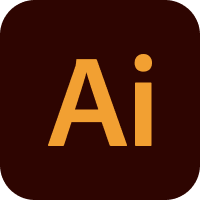
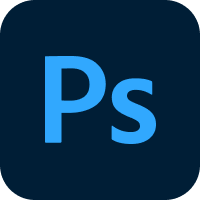
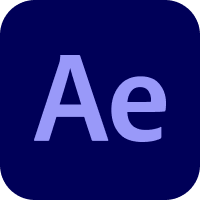
- User Experience Design
- User Interface Design
- Prototyping & Wireframing
- User Interface Art
Game Design






- Systems & Mechanics
- Design Documentation
- Level & World Design
- Economy & Balancing
Programming
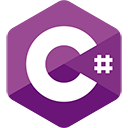



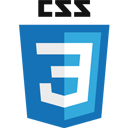

- Technical Art
- Technical Design
- Tools development
- Web Development
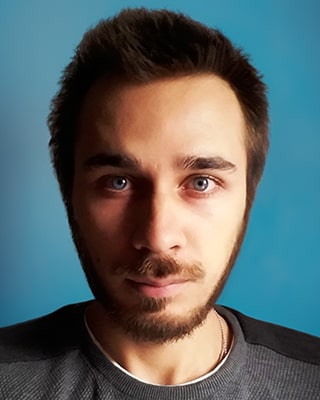
Hello, I'm Bleda
I'm a senior UI/UX designer with over a decade of experience in the games industry, suited educational background and a lifetime of immense passion for games.
In the games industry for:
11+ years
Been a passionate gamer for:
~29 years
Experience

July 2025 - Present
Senior UI/UX Designer
Wargaming
Vilnius, Lithuania
Full-Time
Contact
[email protected]
[email protected]
You can get in touch with me by sending an email, using the contact form by clicking here or via any of the platforms below.
I respond in around 2 days.
Contact
[email protected]
[email protected]
You can get in touch with me by sending an email, using the contact form on this page or via any of the platforms below.
I respond in around 2 days.
Contact
[email protected]
[email protected]
You can get in touch with me by sending an email, using the contact form by clicking here or via any of the platforms below.
I respond in around 2 days.
General Skills
- Spoken Languages
Turkish, English, German
- Project Management Tools
Slack, Git, Trello, Jira, Discord, Asana
- Operating Systems
Windows, Linux / Ubuntu, macOS
- Alternative Frameworks
Unreal, Adobe XD, Corel
XCOM Legends
UI/UX Design
Turn-Based Strategy
Mobile | F2P AAA
Chimera Entertainment
Iridium Starfish
July 2021
In my role as the UI/UX Designer of XCOM Legends project, a flagship AAA mobile game for Android and iOS with the partnership of 2K Games, I co-led the comprehensive design process from initial research to final product polish. My responsibilities included conducting user research and competitor analysis, which informed the overall design strategy. I was deeply involved in crafting intuitive and engaging interfaces, ensuring a seamless and user-centered experience. Collaborating closely with cross-functional teams, I guided the project through design, implementation, and refinement, delivering a polished product that met the high standards of a AAA title.
For each feature of the game, my process always began with comprehensive user research and competitive analysis, which were essential for gaining a deep understanding of our target audience's needs and preferences. These efforts uncovered key insights into player behavior and market trends, establishing a strong basis for the design strategy that would drive the project forward.
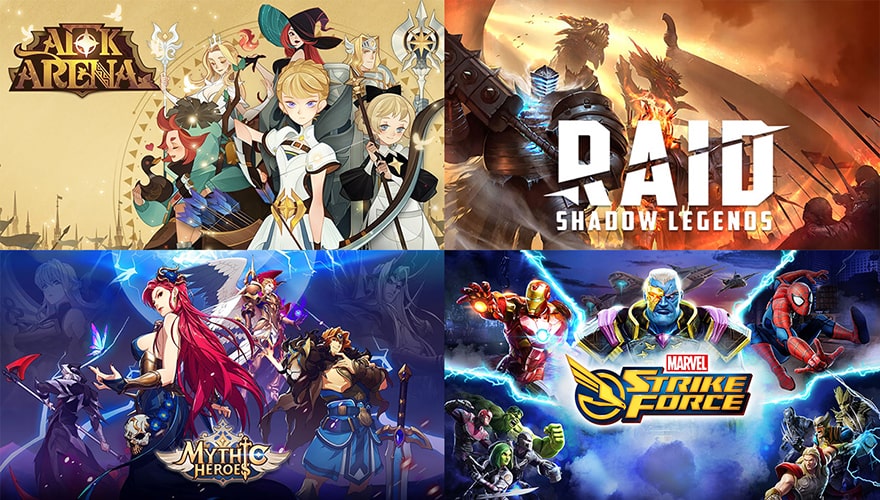
In the exploration phase, I focused on wireframing and prototyping, where I tested various interaction models and interface layouts. This stage was critical for evaluating different concepts and fine-tuning the user experience to ensure it was intuitive and engaging. My aim was to develop a design that not only adhered to usability standards but also elevated the gameplay experience, making it accessible and enjoyable for a wide audience.
During the initial design stage, I created a series of low-fidelity UI mockups that defined the game's structural framework and flow. These early designs were centered on achieving alignment with the game’s visual style while ensuring consistency across all screens. The objective was to create a cohesive and clear interface, setting the groundwork for a seamless user journey that would support the game's narrative and mechanics.
The implementation phase involved close collaboration with cross-functional teams, including developers, artists, and other stakeholders. My role was to bring the design vision to life, ensuring the final UI was not only technically feasible but also optimized for mobile device performance. This teamwork was crucial in addressing challenges and preserving the design's integrity throughout the development process.
Finally, I focused on the polish phase, where I collaborated with the UI art team to make sure that the final product was not only functional but also delightful to use. The end result was a polished, user-centered interface that enhanced the overall experience of XCOM Legends.
Below are some of the completed screen designs for XCOM Legends. These visuals are the outcome of an extensive design journey, where careful research, creative innovation, and precise execution came together to craft a user interface that elevates the overall player experience.
Legal Notice
All that is shared above is limited in accordance with the NDA that was signed. Upon professional requests, I'm entitled to share some process focused parts of my contribution privately. These sharings are not to be disclosed with any other parties than my contact.
World of Tanks: Blitz
UI/UX Design
MMO Simulation
PC, Consoles, Mobile | AAA
Wargaming
Wargaming
May 2014
It's World of Tanks Blitz, a legendary action-adventure tank game. Blitz is not about war, but tanks! Join this action-packed PvP shooter and explore unique vehicles and a variety of battlefields. Experience the adrenaline rush of intense tank battles that test your skills and strategy.
Details soon!
Songs of Silence
UX Design, Technical Design
Grand Strategy
PC, Consoles | AAA
Chimera Entertainment
Chimera Entertainment
June 2024
As the UI/UX Designer for Songs of Silence, an original IP by Chimera Entertainment, I joined the project during its later stages, where much of the foundational work had already been established. My primary focus was to optimize and refine the existing UI/UX elements, ensuring they met the high standards expected of a 4X grand strategy game, while also adapting the interface for console platforms.
Upon joining the team, I initiated extensive competitor research, delving deep into the 4X strategy genre to analyze how top-tier games tackled similar challenges. This research included a detailed examination of interface structures, interaction models, user feedback mechanisms, and overall user experience strategies. By studying a wide range of titles, from mainstream successes to niche offerings, I identified key trends, innovative solutions, and common pitfalls that informed our approach to Songs of Silence.
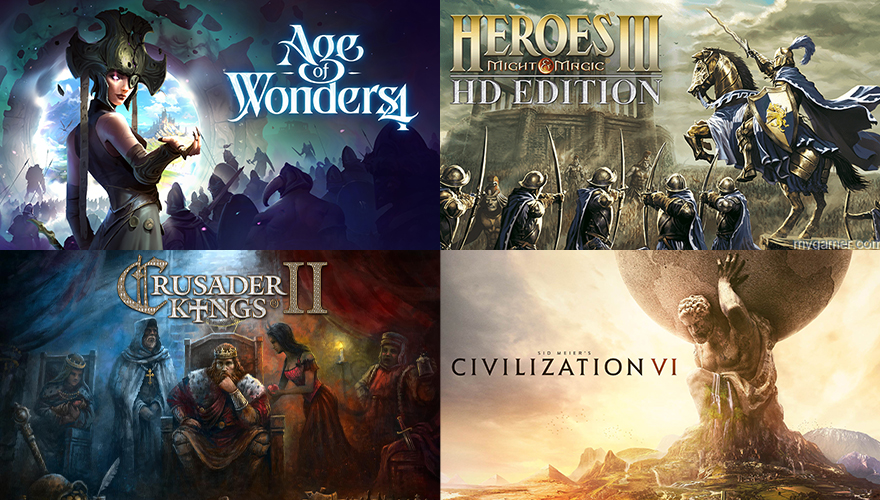
Through this process, I pinpointed several key areas for improvement. However, given the project's advanced stage, it was crucial to implement changes that optimized the user experience without disrupting the core design framework. I prioritized non-disruptive enhancements—refining visual consistency, improving feedback mechanisms, and optimizing interaction patterns—ensuring the existing structure remained intact while significantly elevating the user experience.
Building on these insights, I prototyped and tested the entire user flow before moving to actual implementation, ensuring our UI/UX would not only meet but exceed player expectations. I benchmarked our design against industry standards and conducted a comprehensive audit of the existing design, evaluating every aspect from navigation flows to visual hierarchies. Guided by best UX practices, my focus was on creating a seamless, intuitive experience that aligned with user mental models while minimizing cognitive load. The goal was to optimize the user journey by streamlining interactions, reducing friction points, and ensuring all design elements worked cohesively.
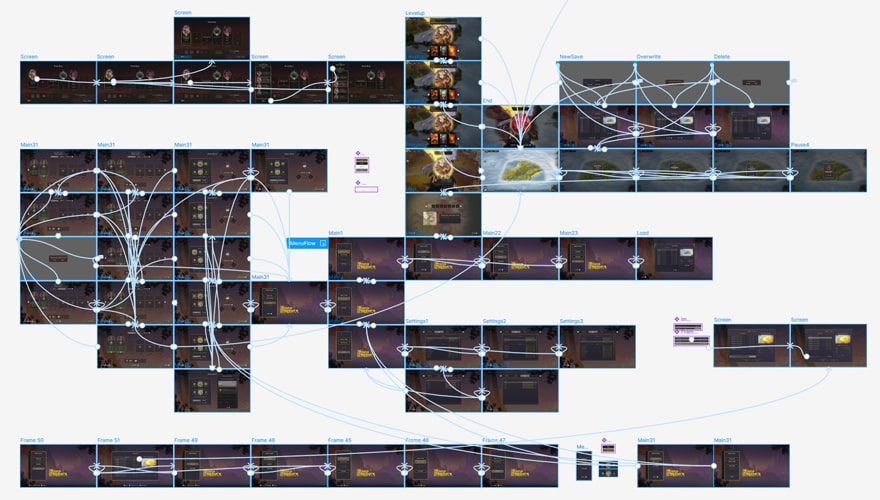
Additionally, I adapted the interface for console platforms, rethinking how players interact with the game using a controller instead of a mouse and keyboard. I focused on creating a seamless transition between platforms, ensuring the console UI retained the depth and complexity of the PC version while remaining user-friendly and efficient. Usability tests played a key role, allowing us to observe player interactions with new control schemes and refine the design based on this feedback.
Building on the solid UX foundation, I primarily guided UI artists to ensure the interface enhanced the user experience. While I rarely engaged in direct UI design, my focus was on maintaining visual cohesion and functionality. By steering the artistic direction, we created UI elements that seamlessly integrated with the game’s complex systems, making information easily accessible and minimizing cognitive load. This approach ensured the UI worked harmoniously with the UX, resulting in a polished, user-centered interface that elevated the overall gameplay experience.
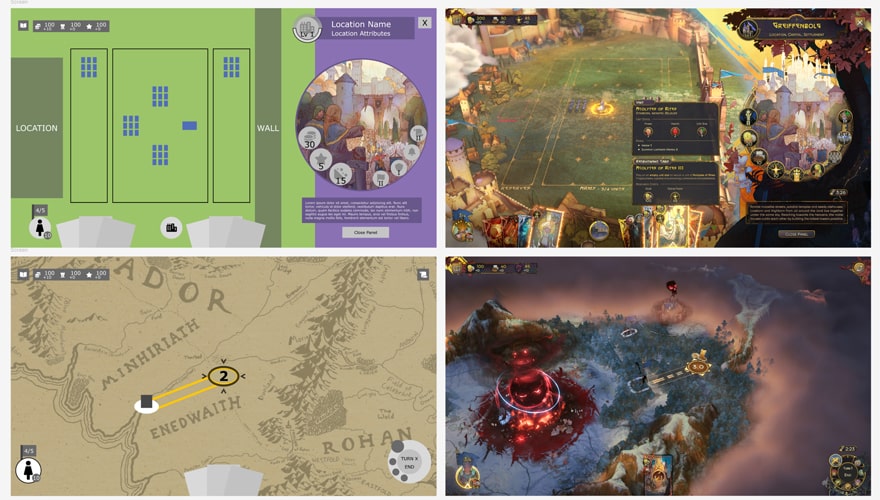
At all times during the development and design, I employed A/B testing to compare different design iterations and determine which solutions best met our goals. This approach enabled us to fine-tune the UI/UX design, ensuring that every change positively impacted the player experience. Despite joining the project late, I implemented these optimizations and adaptations in a non-destructive manner. My strategy was to build upon the existing design foundation, making subtle yet impactful adjustments that enhanced the user experience without requiring a complete overhaul. This allowed the project to progress smoothly, with minimal disruption to the development timeline.
Ultimately, my contributions to Songs of Silence helped to deliver a polished and cohesive UI/UX experience that worked seamlessly across both PC and console platforms. By focusing on optimization, competitor research, usability testing, and platform-specific adaptations, I ensured that the game’s complex strategic elements were accessible and enjoyable for a wide range of players, regardless of their preferred gaming platform.
Legal Notice
All that is shared above is limited in accordance with the NDA that was signed. Upon professional requests, I'm entitled to share some process focused parts of my contribution privately. These sharings are not to be disclosed with any other parties than my contact.
Shadow & Bone: Enter the Fold
UI/UX Design, Technical Art
Role-Playing Game
Mobile | Premium AAA
Chimera Entertainment
Netflix Games
November 2023
As the Lead UI/UX Designer for Shadow & Bone: Enter the Fold, a premium AAA RPG developed for Android and iOS under Netflix Games, I spearheaded the comprehensive design process, ensuring a high-quality user experience from start to finish. My role extended beyond traditional UI/UX responsibilities, as I was also deeply involved in the overall game design process and contributed as a technical artist during the implementation phase.
At the outset, the project was rooted in thorough competitor analysis and in-depth user research. These efforts were essential in understanding the preferences and expectations of our target audience, allowing us to tailor our design strategy to meet their needs. By analyzing successful titles within the RPG genre, we identified key trends and features that players found engaging, which informed the foundational elements of our design approach.
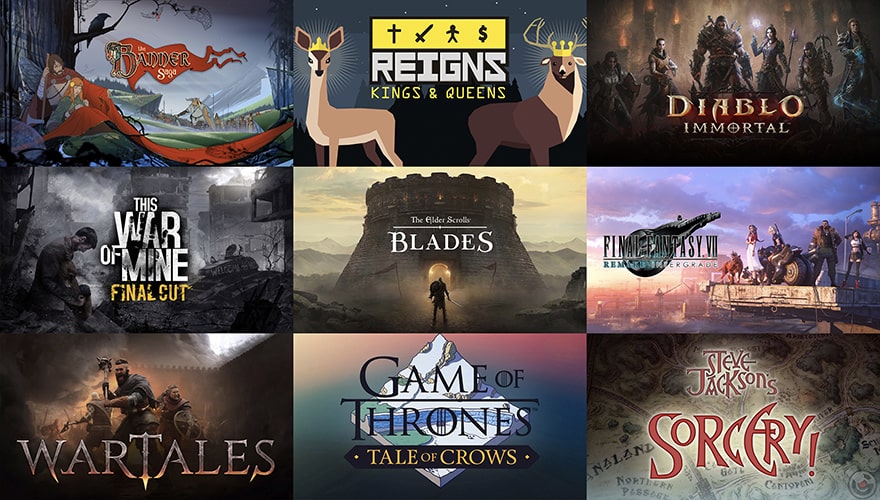
Afterwards, I conducted extensive research into the Shadow and Bone universe, delving into its rich narrative and visual aesthetics. This research was pivotal in ensuring that our design not only captured the essence of the world but also resonated deeply with fans of the franchise. By integrating the unique story elements and atmospheric details of the Shadow and Bone universe, we crafted a UI that was both functional and immersive, enhancing the player’s journey and making every interaction feel authentic and meaningful within this fantastical setting.
During the design phase, I crafted a series of low-fidelity UI mockups that defined the visual and interactive structure of the game. These designs were carefully aligned with the game’s aesthetic and narrative, ensuring consistency across all screens. My involvement in the game design process allowed me to seamlessly integrate the UI/UX with the gameplay mechanics, creating a cohesive and immersive player experience.
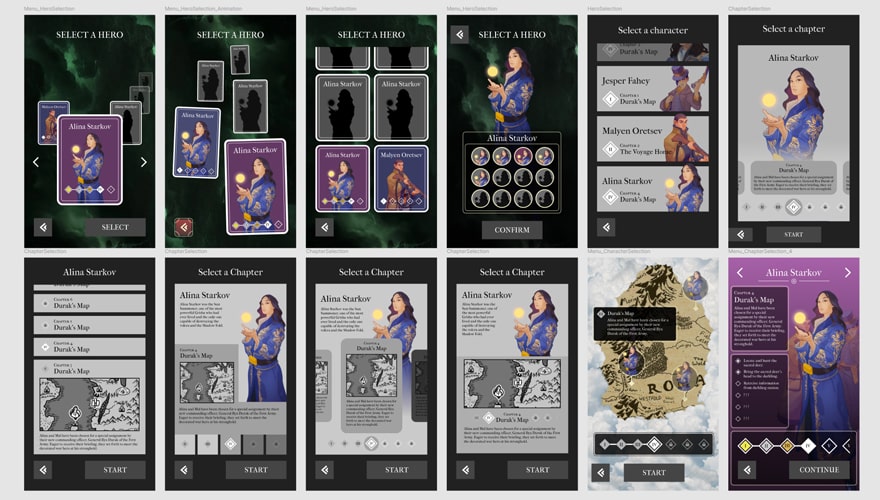
Building on the initial designs, I developed a complete game UX flow in Figma, creating a fully functional prototype that became a cornerstone of our design pipeline. This prototype was more than just a static model; it was an interactive tool that allowed the team to simulate and test the entire user experience across all game scenarios. By walking through the game as players would, we were able to identify and eliminate potential pain points early in the design process.
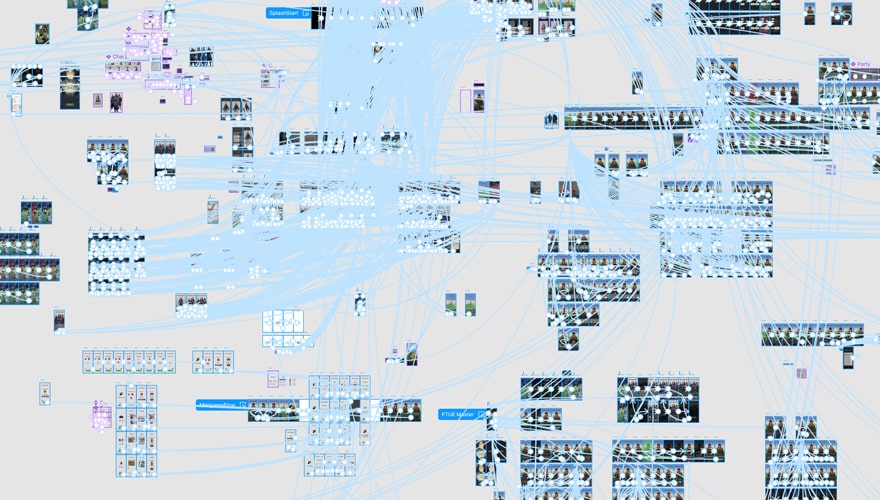
This proactive approach not only enhanced the usability and enjoyment of the game but also significantly reduced the need for revisions during development. The Figma prototype was not a one-time effort but a recurring asset throughout the design pipeline, continually updated and refined as the project evolved. It served as a dynamic blueprint, guiding the design and development teams through complex decision-making processes and ensuring that the final product was aligned with our vision from concept to completion.
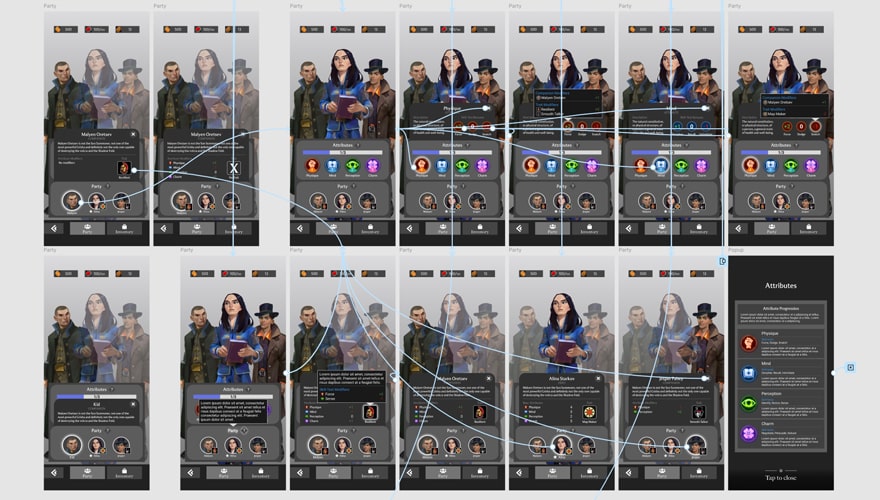
Starting with low-fidelity mockups, I gradually refined the designs through several iterations, evolving them into mid-fidelity prototypes that began to solidify the game's visual and interactive structure. This iterative process was essential in balancing form and function, allowing us to explore different design solutions while staying true to the game's aesthetic and narrative.
As the design matured, these mid-fidelity prototypes were transformed into fully polished, high-fidelity designs, complete with detailed visual elements, animations, and micro-interactions that brought the Shadow and Bone universe to life. This progression ensured that every design decision was thoroughly tested and optimized, resulting in a final product that was both visually stunning and functionally seamless.
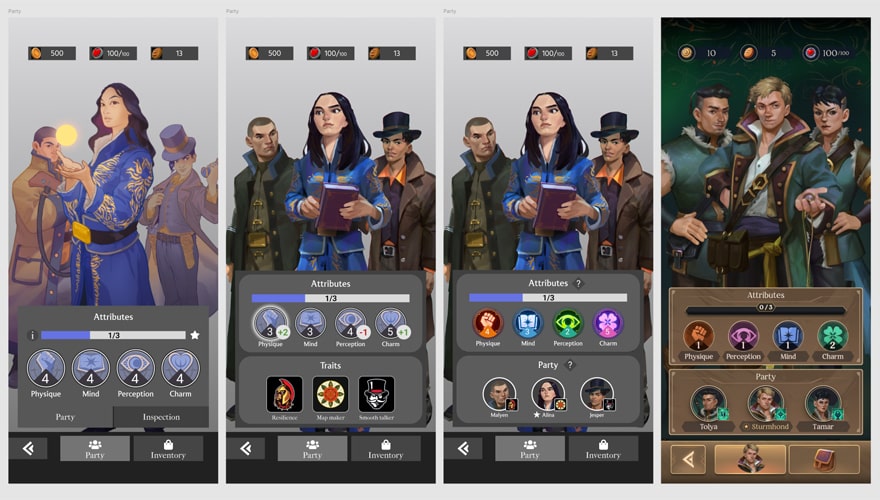
The implementation phase required close collaboration with developers, artists, and other stakeholders. In addition to translating the design vision into a functional UI, I also took on the role of a technical artist, working on the technical aspects of implementation to ensure that the final product was both visually appealing and technically sound. This collaboration was key to maintaining the integrity of the design while overcoming the challenges of mobile platform limitations.
In the final polish phase, I worked closely with the UI art team to fine-tune the interface, ensuring that the end product was not only functional but also delightful to interact with. The result was a polished, user-centered interface that elevated the overall experience of Shadow & Bone: Enter the Fold, delivering a game that met the high expectations of both the franchise’s fans and the broader gaming community.
Below are the final versions of select screens from Shadow & Bone: Enter the Fold. These designs represent the culmination of our iterative process, where meticulous research, creative exploration, and technical precision converged to create an immersive and visually compelling user interface.
Legal Notice
All that is shared above is limited in accordance with the NDA that was signed. Upon professional requests, I'm entitled to share some process focused parts of my contribution privately. These sharings are not to be disclosed with any other parties than my contact.
Polybattle
Game Design, UX Design
First-Person Shooter
PC, Consoles, Mobile | AA
MildMania
Gamefam
August 2020
"Polybattle" is an FPS game for the Roblox platform, aiming to be the Roblox alternative of Battlefield with low-poly style.
Two teams compete against each other and try to control the majority of the objectives. The gameplay includes wide range of tactical vehicles, diverse classes and atmospheric maps. Not only skill, but strategy and teamwork can lead to victory. It has been one of the top FPS games in the Roblox since its inception.
I am working on the game both in terms of its UI/UX design and game design elements like new weapons, new vehicles and balancing.
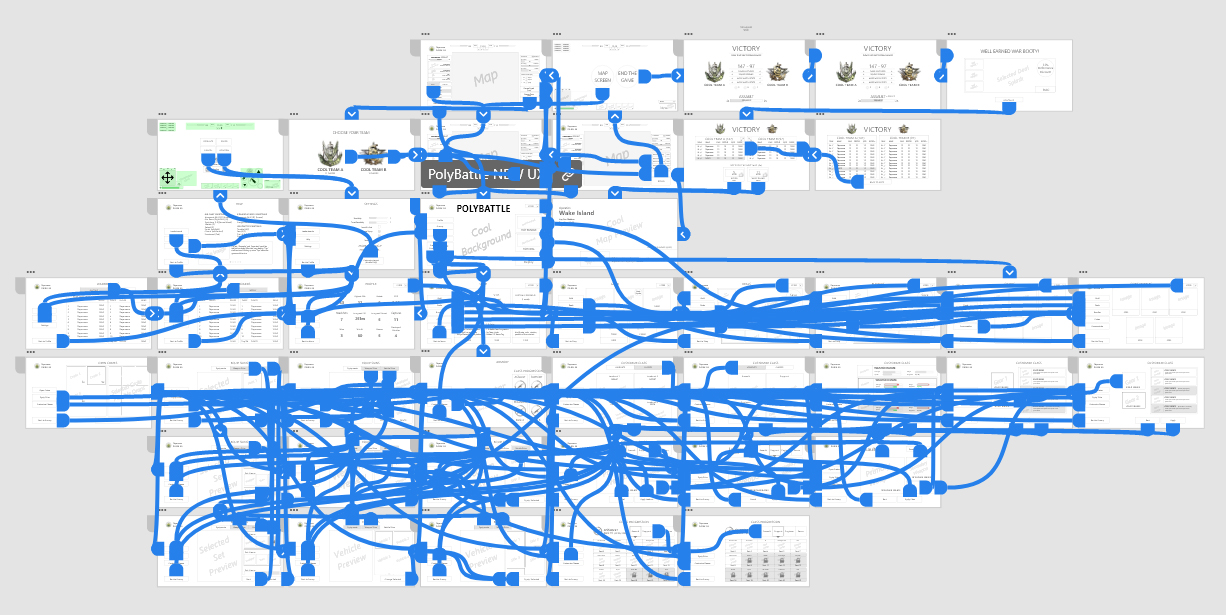
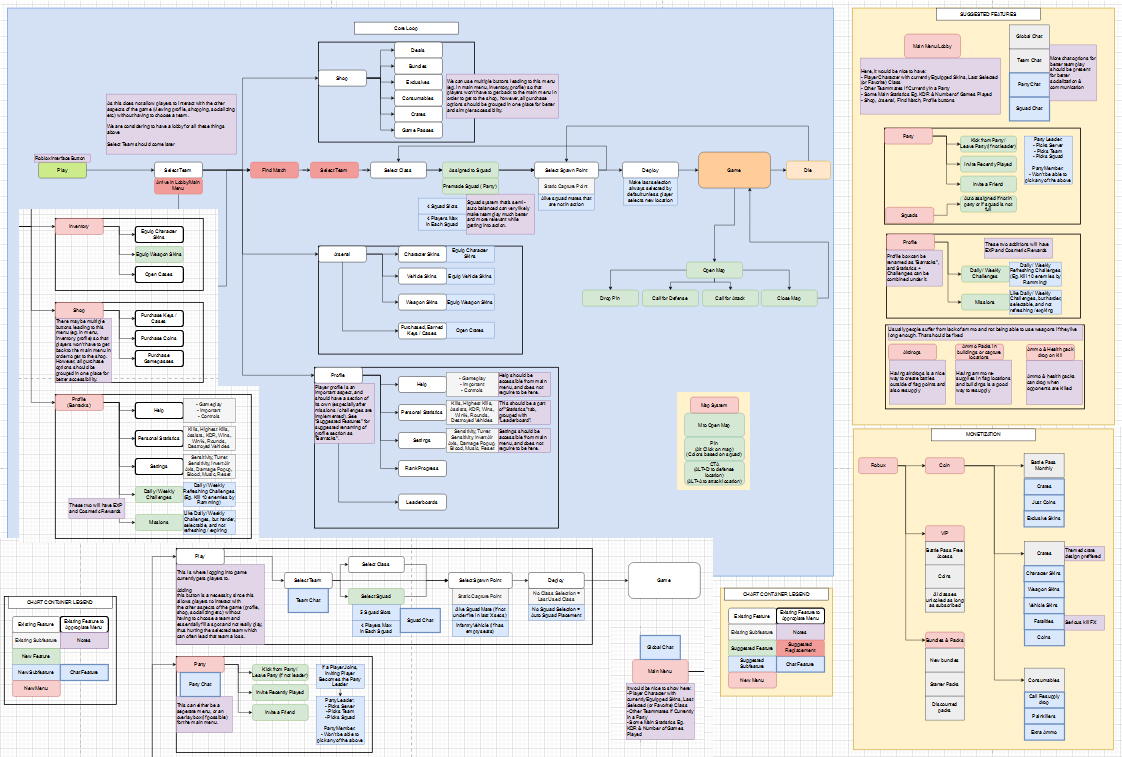
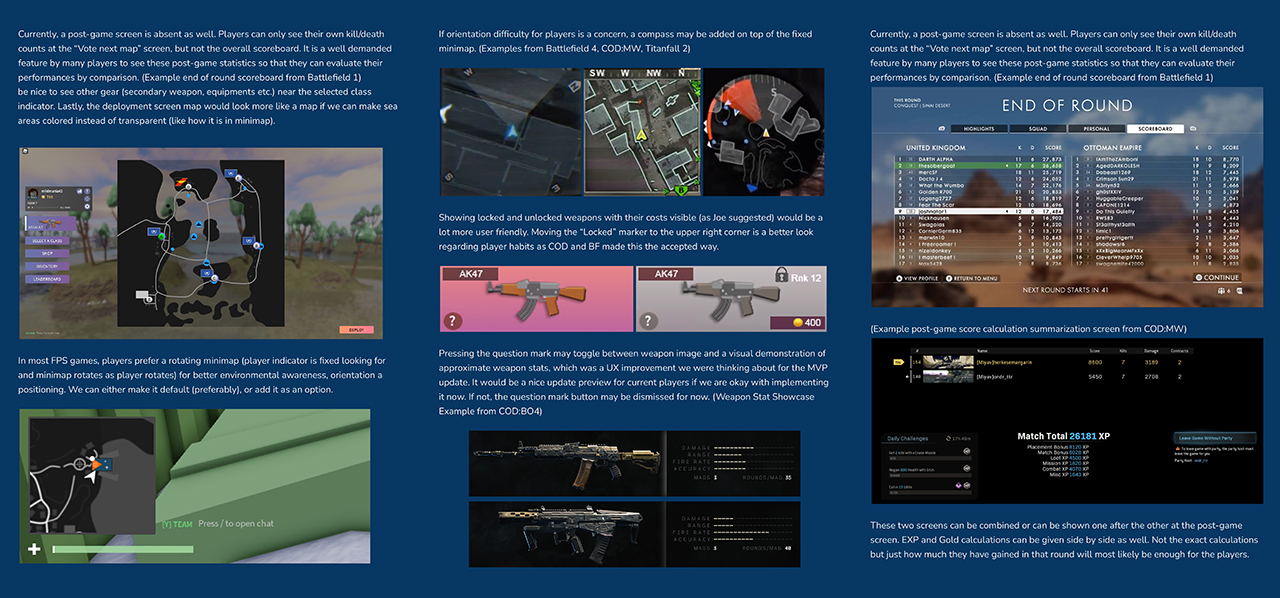
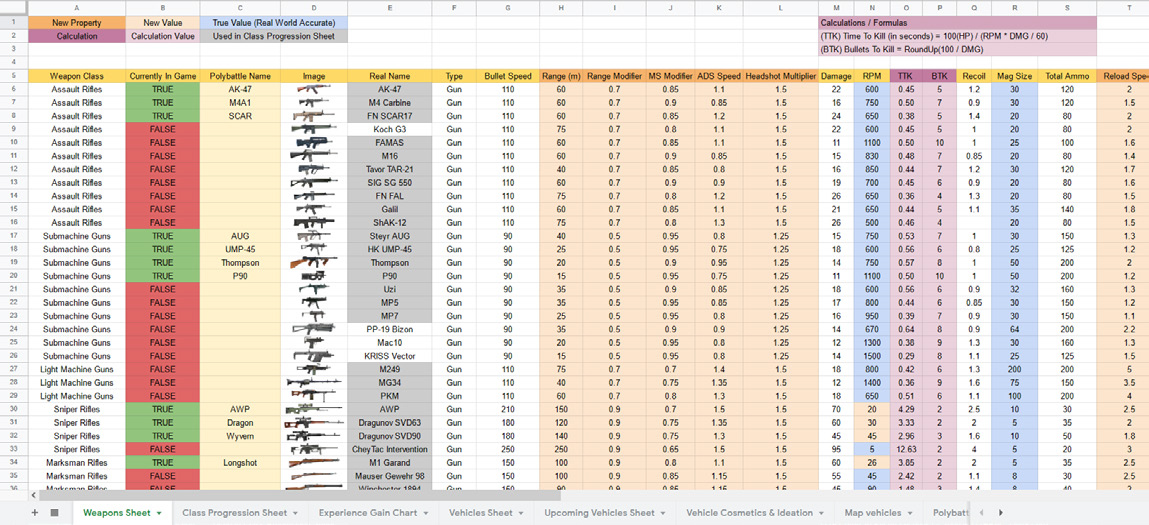
Mayor Match
UX Design, Analytics
Match-3
Mobile | F2P AA
MildMania
Rollic
February 2022
"Mayor Match" is a match-3 game developed for Android & iOS, with the additional emphasis on unique mini-games and governing mechanics both for your town and your household.
Help the Mayor by breaking obstacles and beat levels. Complete tasks as you complete fantastic match-3 levels. Generate power-ups by making matches and look for most useful combinations to help you solve puzzles! In addition, enjoyable mini-games await you in each chapter.
Shoot Out!
UX Design, Live Ops
First-Person Shooter
PC, Consoles, Mobile | AA
MildMania
Gamefam
February 2020
"Shoot Out!" is a gun game focused FPS on the Roblox platform, where you try to get eliminations to get through a set of weapons on your way to a win.
Where it differs from other games on the platform, it's setting is the wild west, with a lot of very old / retro set of weapons that you get to use. You can play both in first person and third person. It also has mechanics like rolling to evade enemy fire, which adds a bit more strategy to the game and rewards dynamic movement.
It has been one of the most played gungame focused FPS’s in Roblox.
Baduka
UX Design, Live Ops
Casual Puzzle
Mobile | F2P
Creasaur Entertainment
Creasaur Entertainment
January 2019
Inspired by Japanese puzzle games like Sudoku, Kakuro and Hitori, the idea for Baduka is to leap over the numbers written on hexagonal cells, which are placed on a special multi-hexa shaped pattern, until you’ve managed to clear all patterns.
You don’t need to be a Sudoku master to solve these brain teaser pieces related to a special mathematical theory. Just run the game, move the cells, figure out all the paths, get your extra points and claim the highest score like a real winner. That’s why this game is tailor made for whether you’d like to relax or keep your mind active by sparing some time for productive thinking.
pliq
|
Genre
Platform
Responsibilities |
Developer
Publisher
Release Date |
Developed for iOS and Android, "pliq" is a casual puzzle game with a twist that will enhance your mind: you will almost play the good old Tetris, but you have to think backwards!
Create and match jelly blocks – but combine them by thinking backwards. Pliq plays like Tetris in reverse. Rather than maneuvering shapes to fill spaces in a wall, you’re replacing missing chunks of the wall before it reaches the bottom of the screen. You’ve got to suss out where the gaps are, then tap and swipe to quickly create shapes to fill the holes.
Luca: The Dreamer
Game Desing, UX Design
Puzzle Platformer
Mobile | Premium AA
Creasaur Entertainment
Creasaur Entertainment
July 2018
“Luca: The Dreamer” is a challenging 2D puzzle platformer developed for Android and iOS, which follows the adventures of a football named Luca who wants to become a famous ball in the 2018 World Cup.
It had a very short development span of 4 months and a very intense development cycle of up to 60-hour workweeks. As a result, even though me and my co-workers tried our best, it came up a bit short. Still, final product was a very fun little game.
I was the project lead. I did all the game design, level design, mechanics design, development planning, UX design, and Unity implementation of all the assets.
Next, Please!
UI/UX Design, Technical Art
Puzzle Simulation
PC, Mobile | Educational AA
Pixofun
Pixofun
May 2017
"Next, Please!" is a gamified soft skill development tool for customer representative training purposes of several banks in Turkey.
It is a sales game where you should make sales to different customers with different personalities and profiles, which are designed acording to the 5-factor personality model of "OCEAN". Aim is for players to improve their skills in business life.
Next Please features entertaining surprise cards, combo opportunities to get more points with multiple selections, a system to bond with customers and options to elevate the mood of the customers.training
Telco Tycoon
UI/UX Design, Technical Art
Real-Time Strategy
PC | Educational
Pixofun
Türk Telekom
March 2017
Telco Tycoon is a telecommunication network simulation game. It serves as an e-learning tool aiming to extend knowledge and understanding of products and telecom processes. While players install lines and create networks on their own, they also get to experience answering call center questions and increase customer satisfaction.
Gameplay consists of players trying to mantain the telecommunication infrastructure of a city to satisfy more customers and make profit, while also being challenged by other companies. Players advance their technology, increases their coverage area and maximize the quality of the services provided, while learning about how these technologies work and how quality of service can be increased in real life.
İşVille
UI/UX Design, 2D Art
Strategy Management
PC | Educational
Pixofun
Türkiye İş Bankası
February 2016
"İşVille" is a serious game we developed for Türkiye İş Bankası. Players are expected to develop their towns by performing the basic functions of banking i.e. collecting deposits and making loans, by answering the questions of the customers who come to their branches, by providing services to them and satisfy their needs.
Players can also create groups and collaborate with theirfriends in training. By controlling their budget and using their knowledge, they can grow both their bank and their town, and become a banking legend!
QuizGame
UI/UX Design, Technical Art
Casual Trivia
PC, Mobile | Educational
Pixofun
Pixofun
January 2016
QuizGame is a gamified reinforcement and recall tool for corporate trainings. 80% of information learned in trainings is forgotten within the first 24 hours. QuizGame enables employees to reinforce voluntarily what they learnt. It adds motivation to learning with excitement, competition and other game mechanics.
QuizGame combines training with fun! It features "Lifelines", each better than the other, "Combos", that will boost your points as you answer consecutive questions correctly, "Quarantine" where incorrectly answered questions accumulate for more points, tournaments and other multiplayer features where you can challenge your friends colleagues, and profile page where players can evaluate their stats and compare it with everybody else.
Auron
Every aspect
2D Open World Adventure
PC | Indie
"Auron" is a 2D side-scroller adventure game I have developed as a physics engine for my "Physics in Games" class, where side-scrolling is not on an infinite horizontal plane, but instead on actually curved celestial bodies (planets, moons, asteroids etc.). Every object in the game universe has its own gravitational pull, and kinetic/potential energies - thus every object can be interracted with.
Players are free to leave their home planet and explore the solar system, mine resources, complete missions, customize their ship modularly, and a lot more. Aside from casual adventure game logic, players can also mess with the physics of the game universe; with a powerful enough thruster for example, players can go as far as changing the orbits of planets and make them collide with eachother.
Even though it was a very promising prototype, I couldn't find a proper story, objective or a unique use of the mechanic, and left it as a potential idea. Due to its incomplete state, I won’t be able to provide a demo.
Jö
Every aspect
2D Puzzle Platformer
PC, Consoles | Indie
Started as a school project, "Jö" is my first fully-playable PC game with working mechanics, actual levels and a decent story, where you play as an entity named Jö, trying to discover the meaning of its existence and its connection with the concept of reality.
I did every aspect of it, and learned a lot while doing so. Although I'm not able to spare much time to develop it any further for a while now, I honestly think that it really contains some great ideas, and may have a potential. I really hope to complete it one day with substantial imporevements and release it as a free game.
Due to its relatively incomplete state and my faith in actually releasing it for free one day, I won't be able to provide a demo as of now.
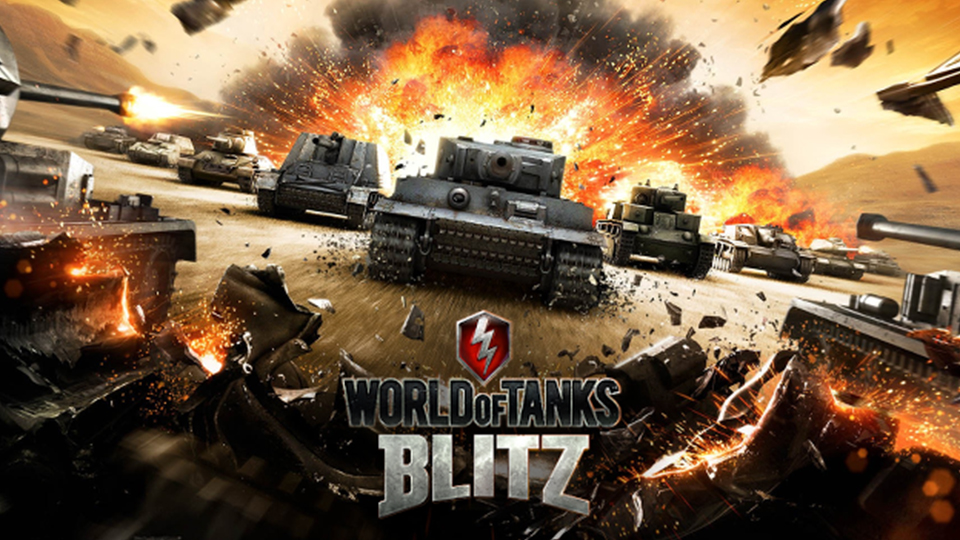
World of Tanks: Blitz
UI/UX Design
MMO Simulation
PC, Consoles, Mobile | AAA
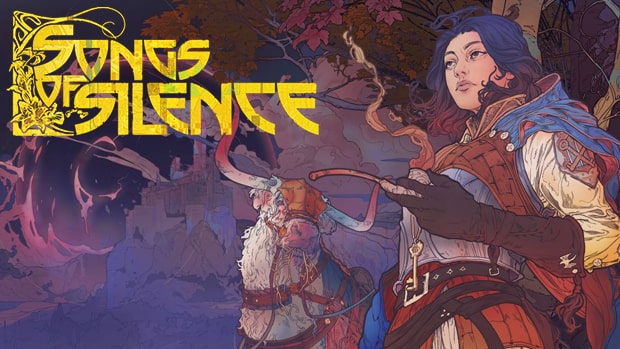
Songs of Silence
UX Design, Technical Design
Grand Strategy
PC, Consoles | AAA
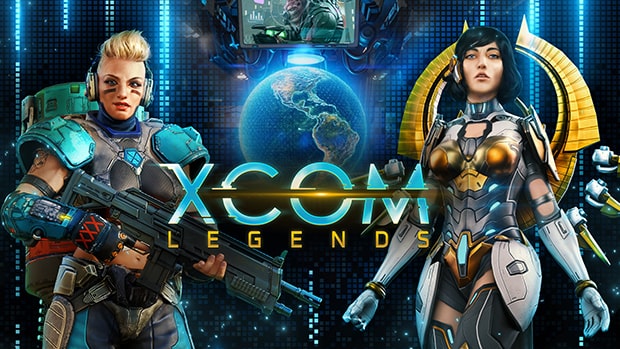
XCOM Legends
UI/UX Design
Turn-Based Strategy
Mobile | F2P AAA
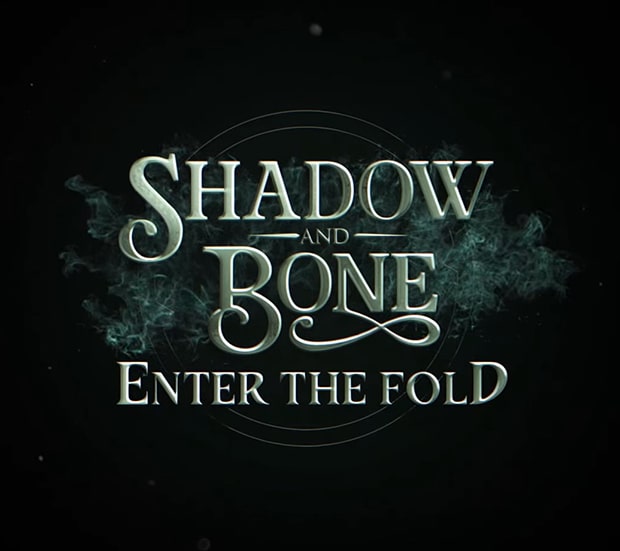
Shadow & Bone: Enter the Fold
UI/UX Design, Technical Art
Role-Playing Game
Mobile | Premium AAA
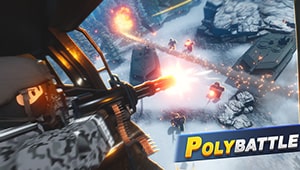
Polybattle
Genre
First-Person Shooter
Platform | Type
PC, Consoles, Mobile | AA
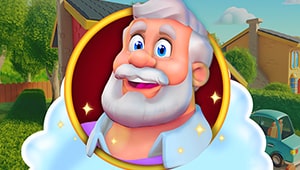
Mayor Match
Genre
Match-3
Platform | Type
Mobile | F2P AA
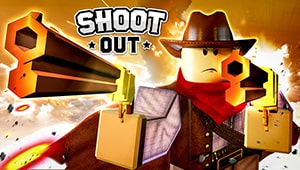
Shoot Out!
Genre
First-Person Shooter
Platform | Type
PC, Consoles, Mobile | AA
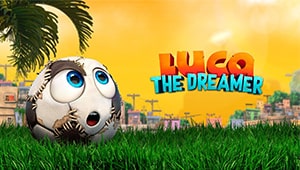
Luca: The Dreamer
Genre
2D Puzzle Platformer
Platform | Type
Mobile | Premium AA
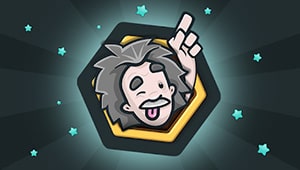
Baduka
Genre
Casual Puzzle
Platform | Type
Mobile | F2P
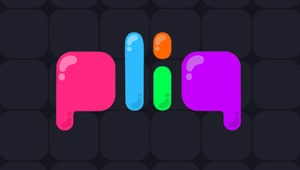
pliq
Genre
Casual Puzzle
Platform | Type
Mobile | F2P
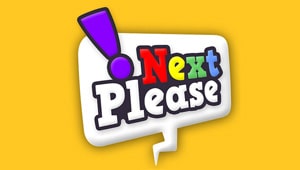
Next, Please!
Genre
Puzzle Simulation
Platform | Type
PC, Mobile | Educational AA
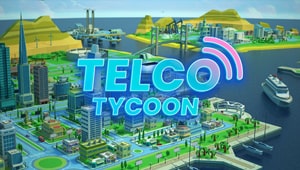
Telco Tycoon
Genre
Real-Time Strategy
Platform | Type
PC | Educational
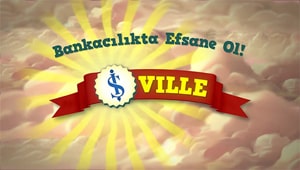
İşVille
Genre
Strategy Management
Platform | Type
PC | Educational
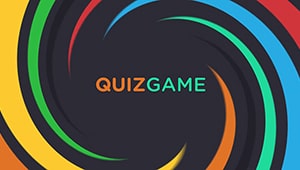
QuizGame
Genre
Casual Trivia
Platform | Type
PC, Mobile | Educational
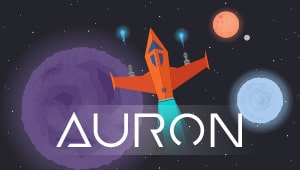
Auron
Genre
2D Open World Adventure
Platform | Type
PC | Indie
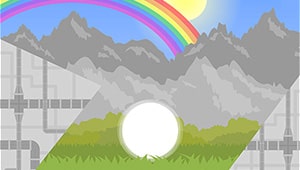
Jö
Genre
2D Puzzle Platformer
Platform | Type
PC, Consoles | Indie
